RARE! WWII 1944 Operation Market Garden “FIRED” Rifle Bullet Recovered Between Arnhem to Eindhoven (1 Randomly Selected)
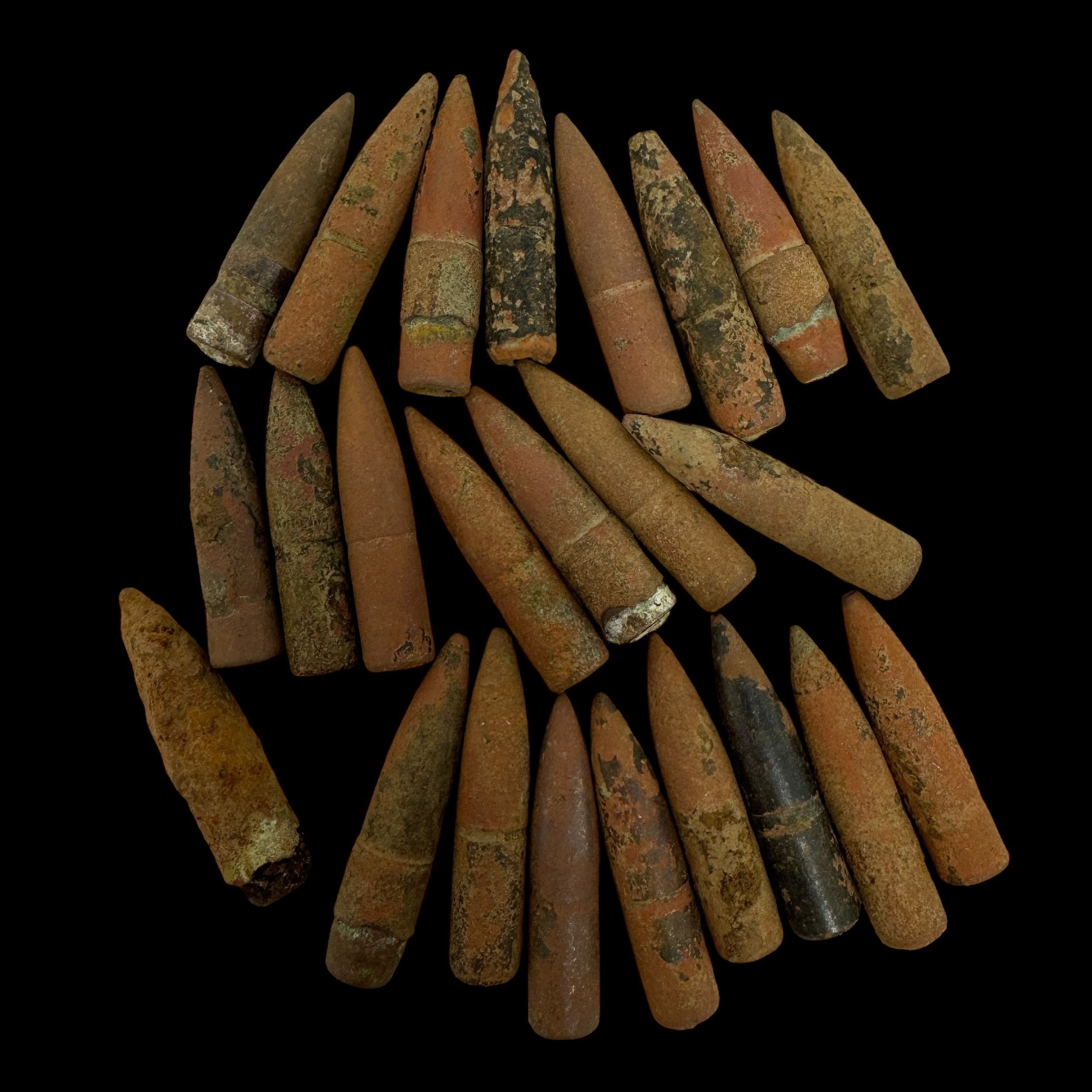
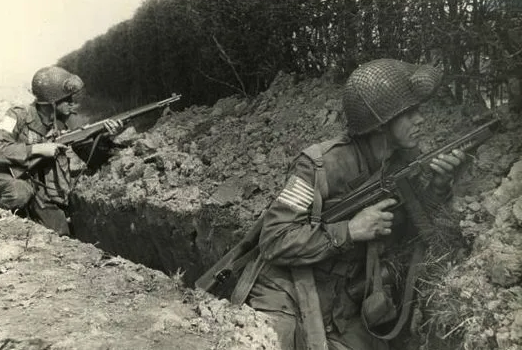
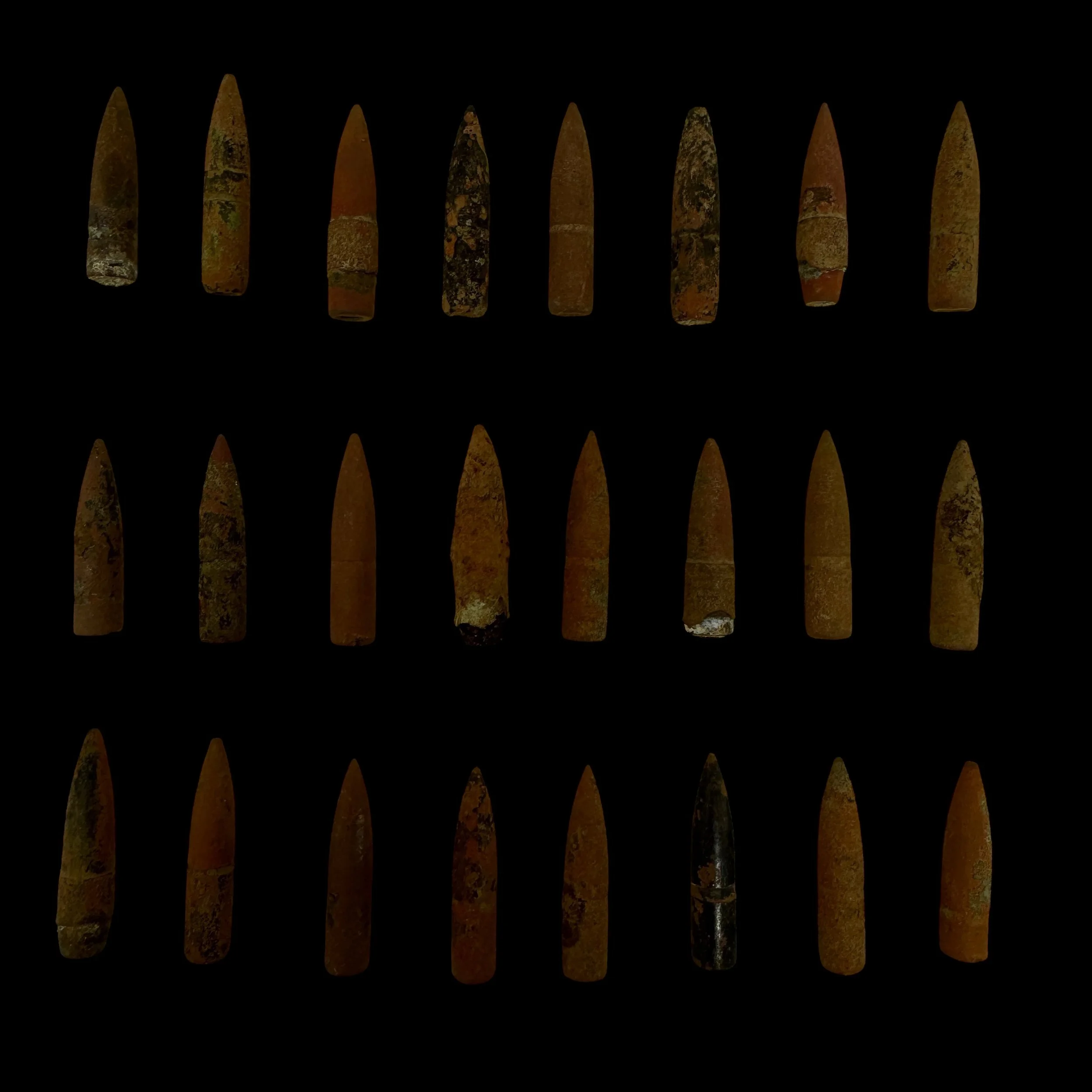
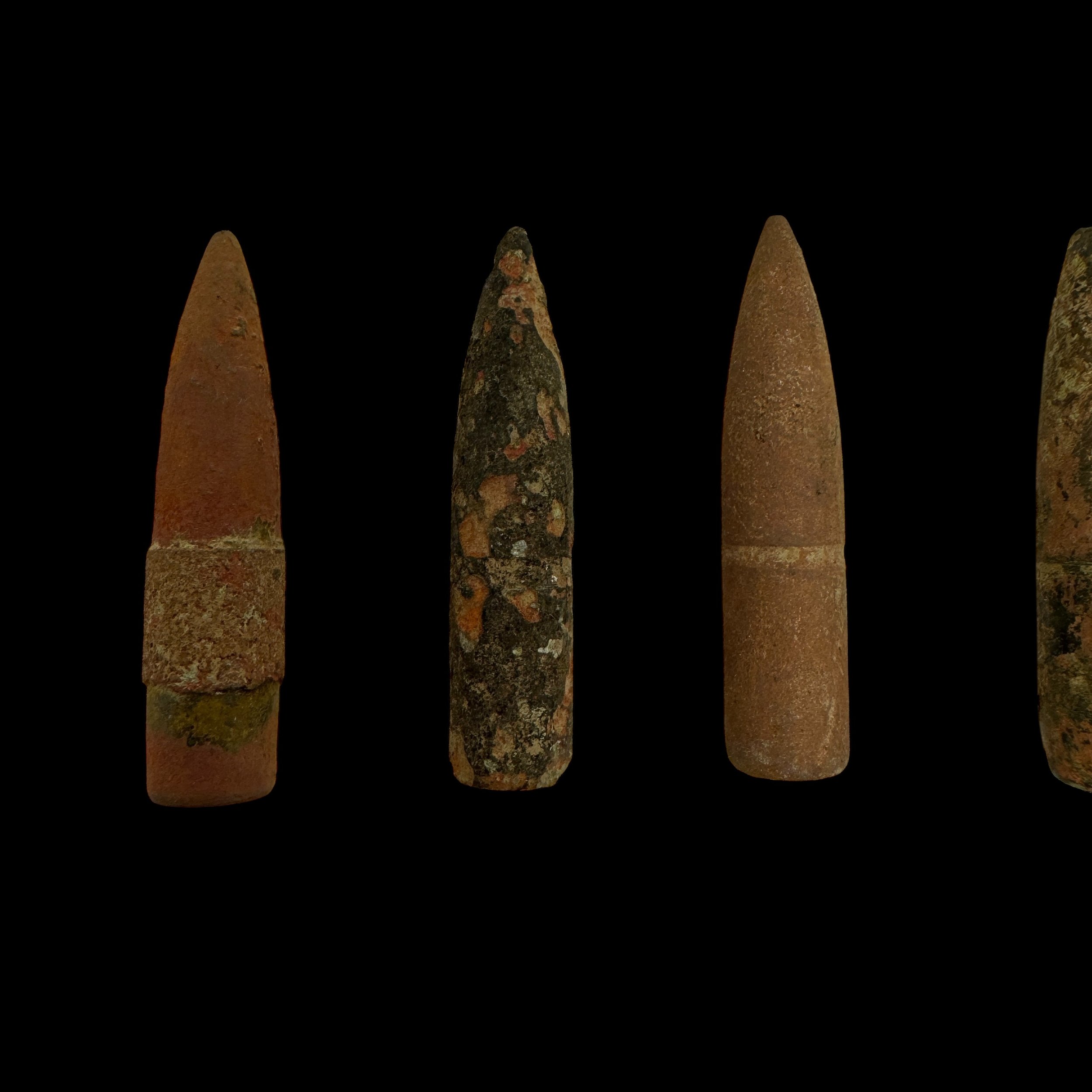

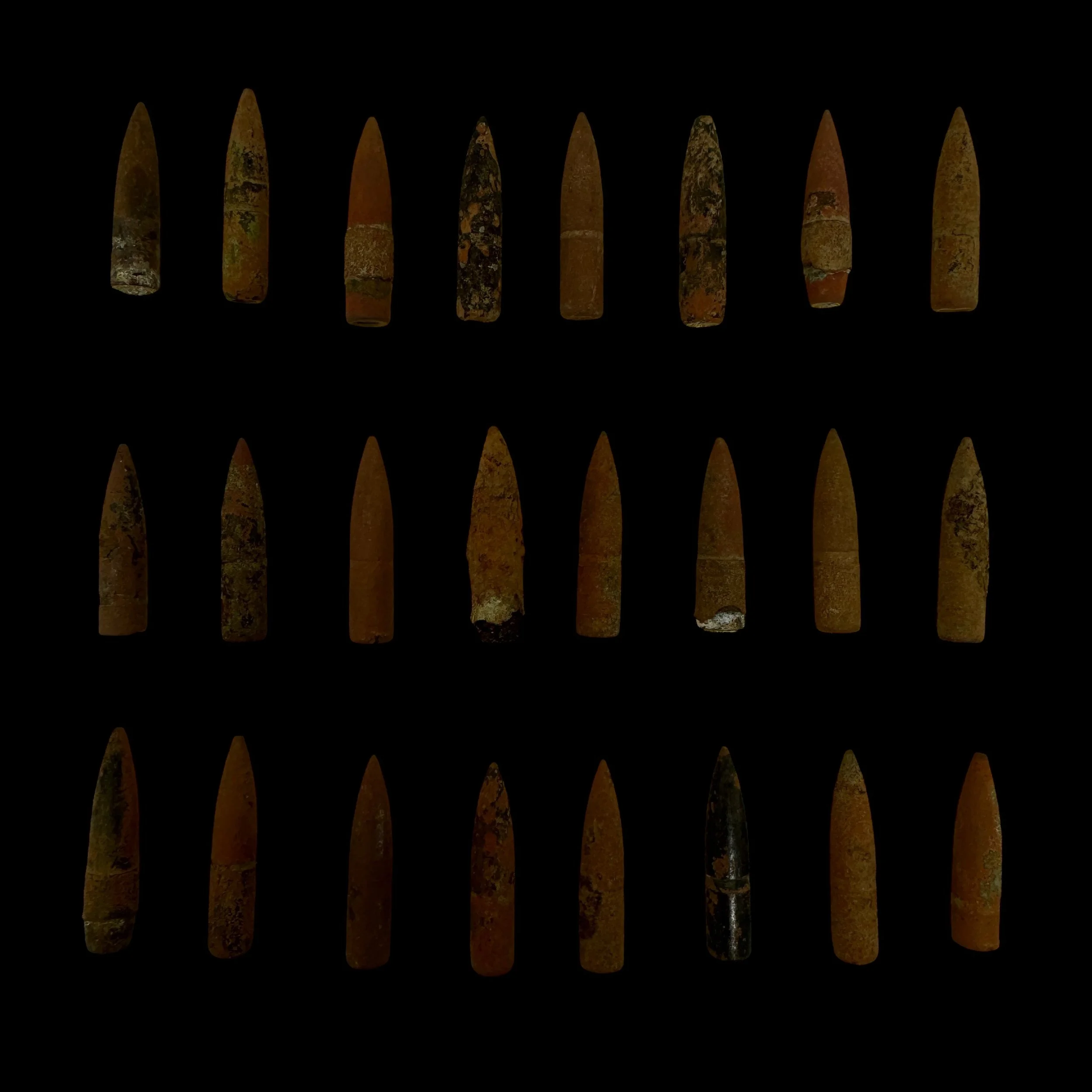
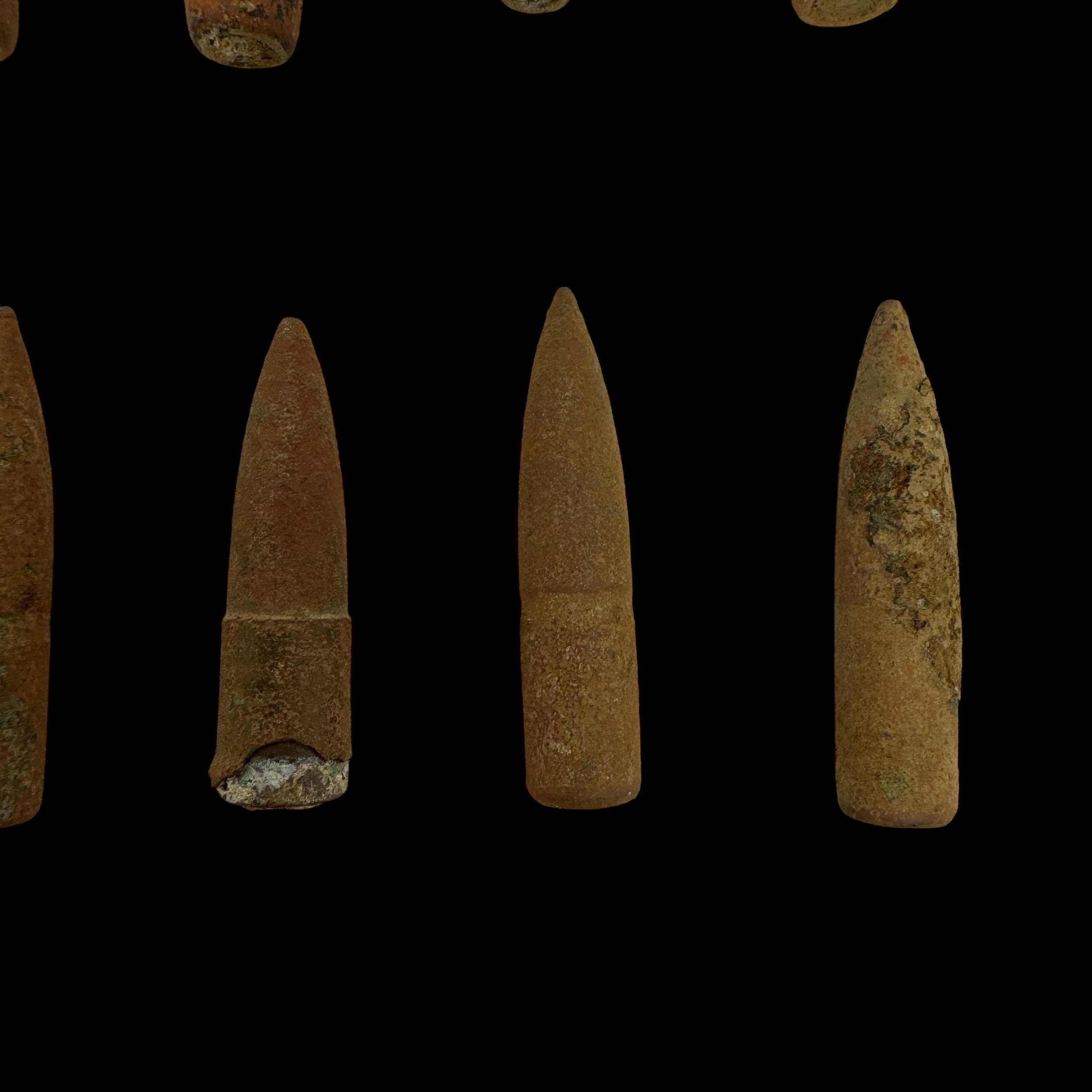
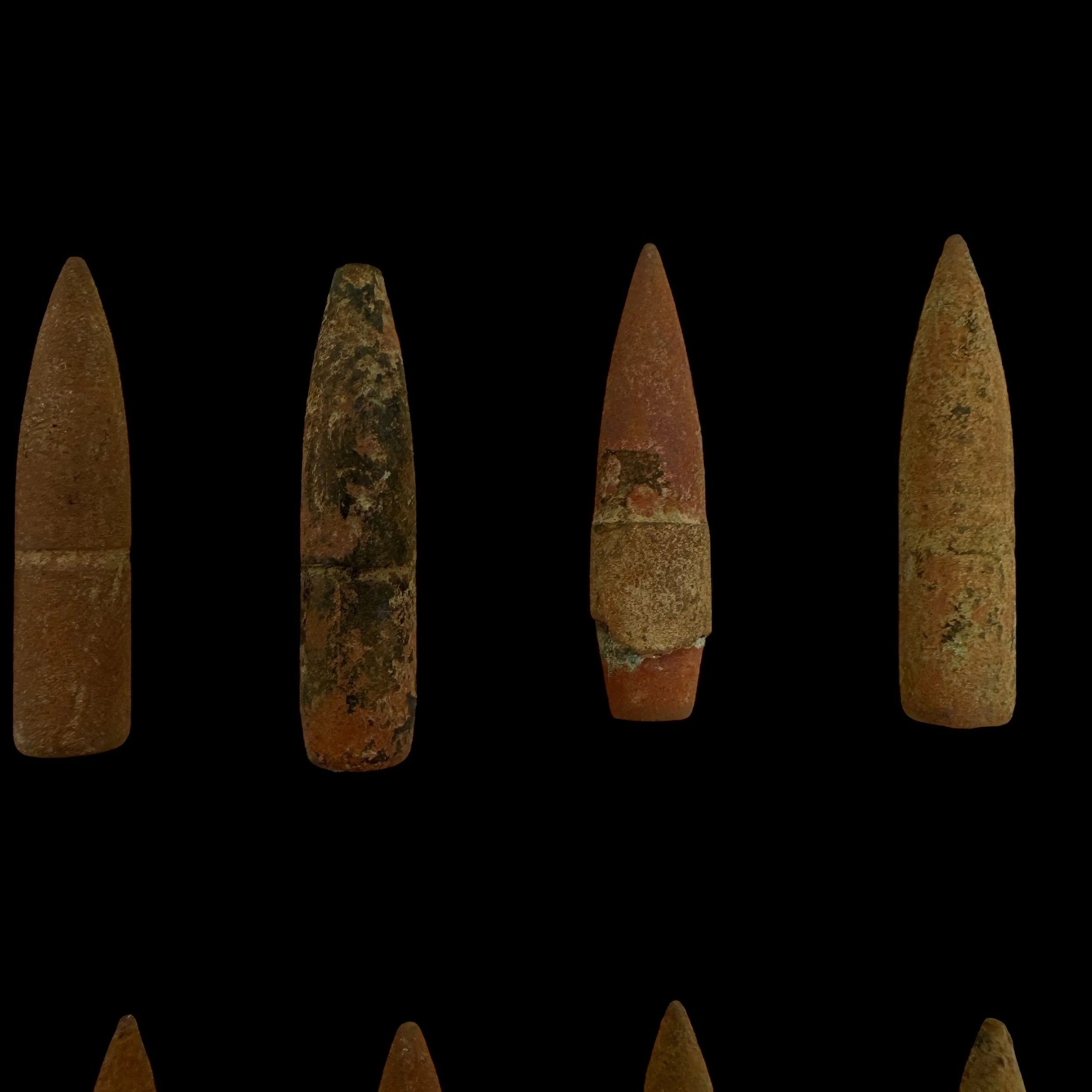
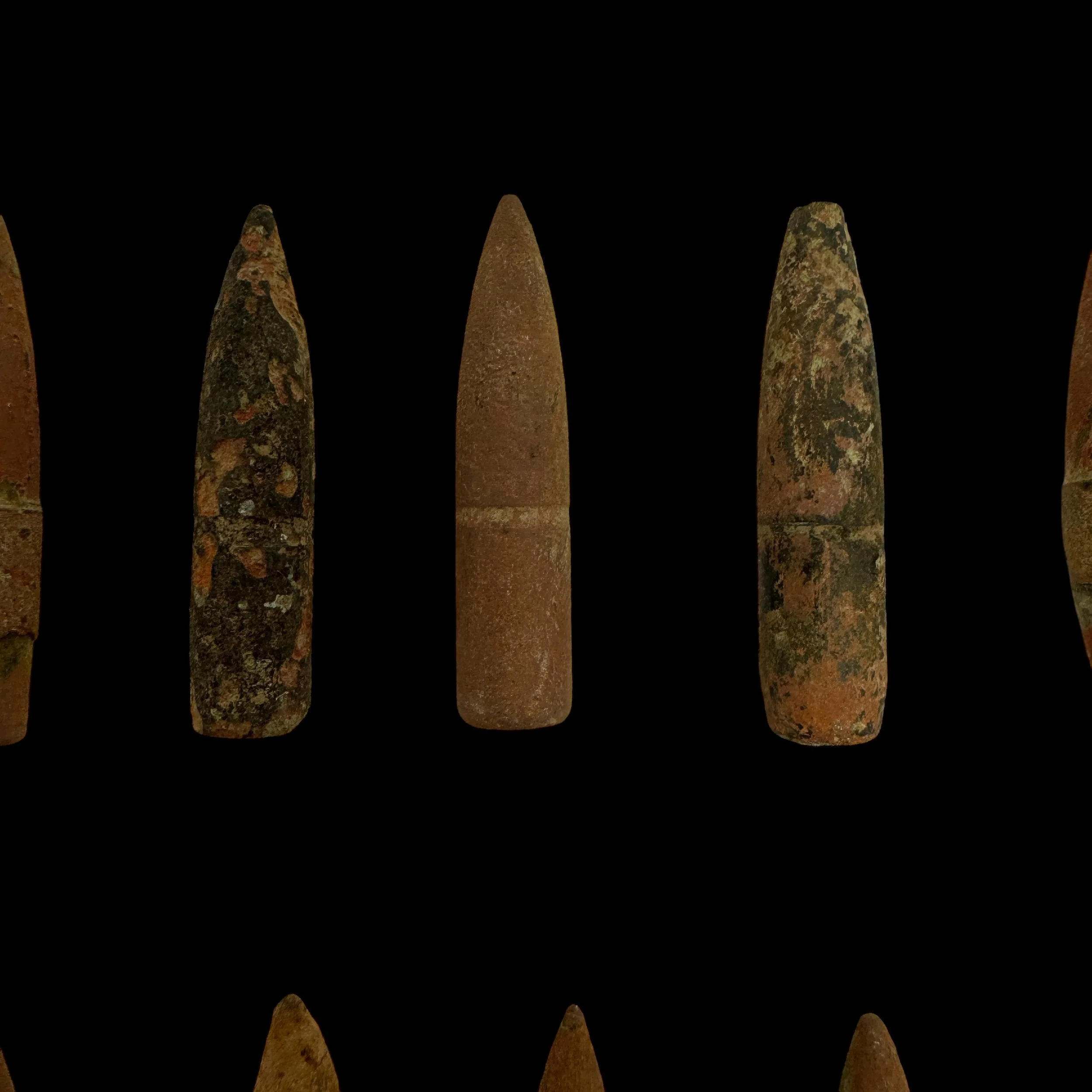

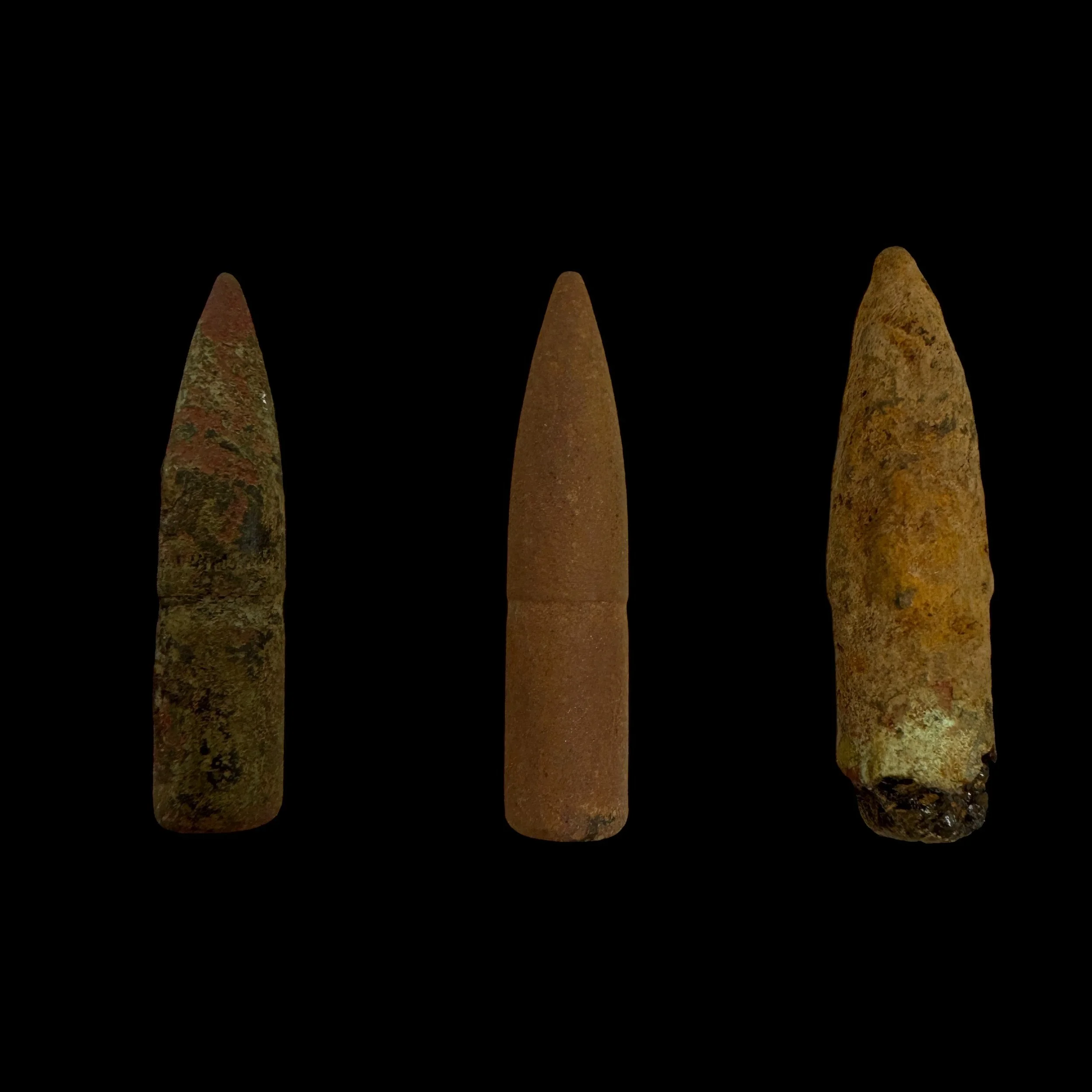
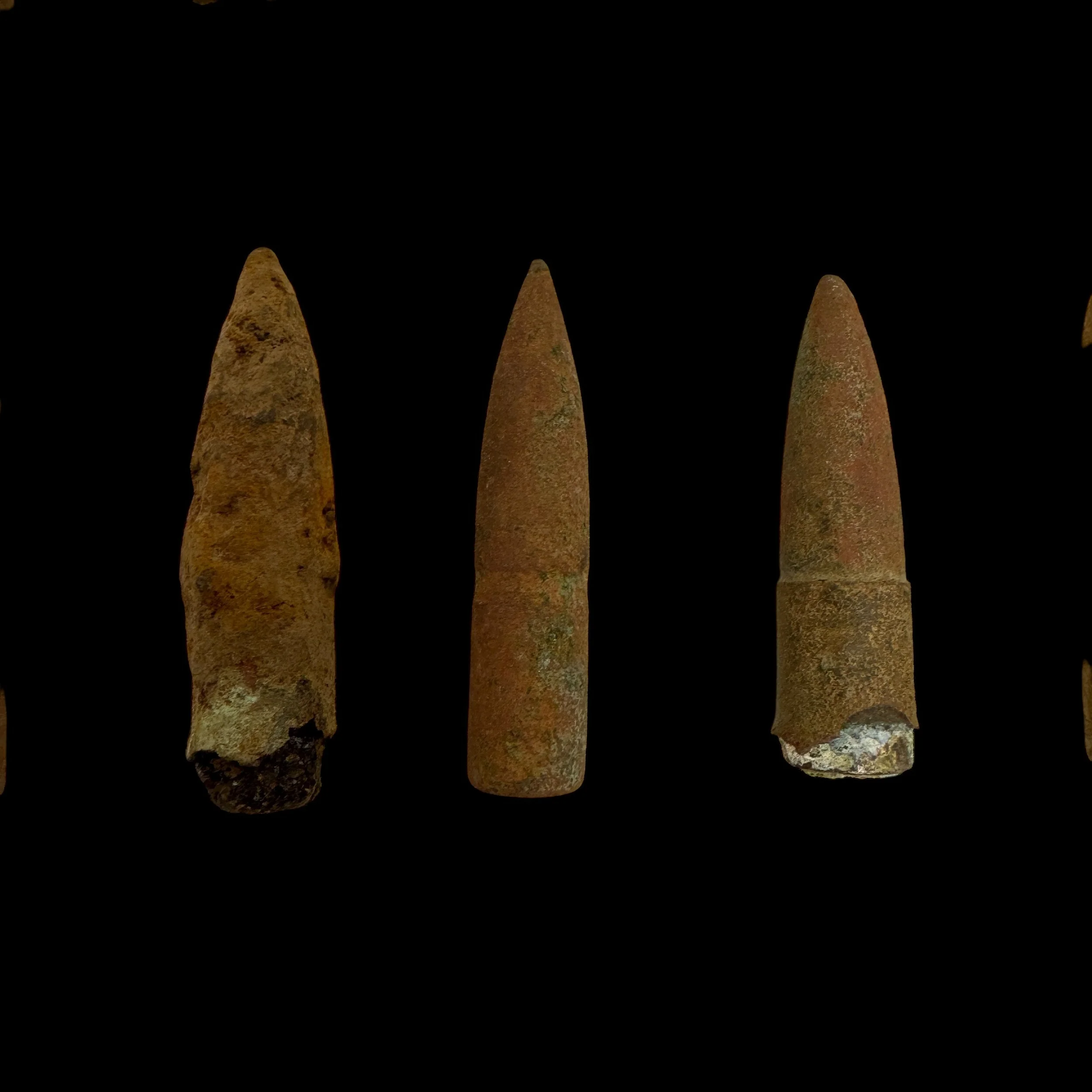

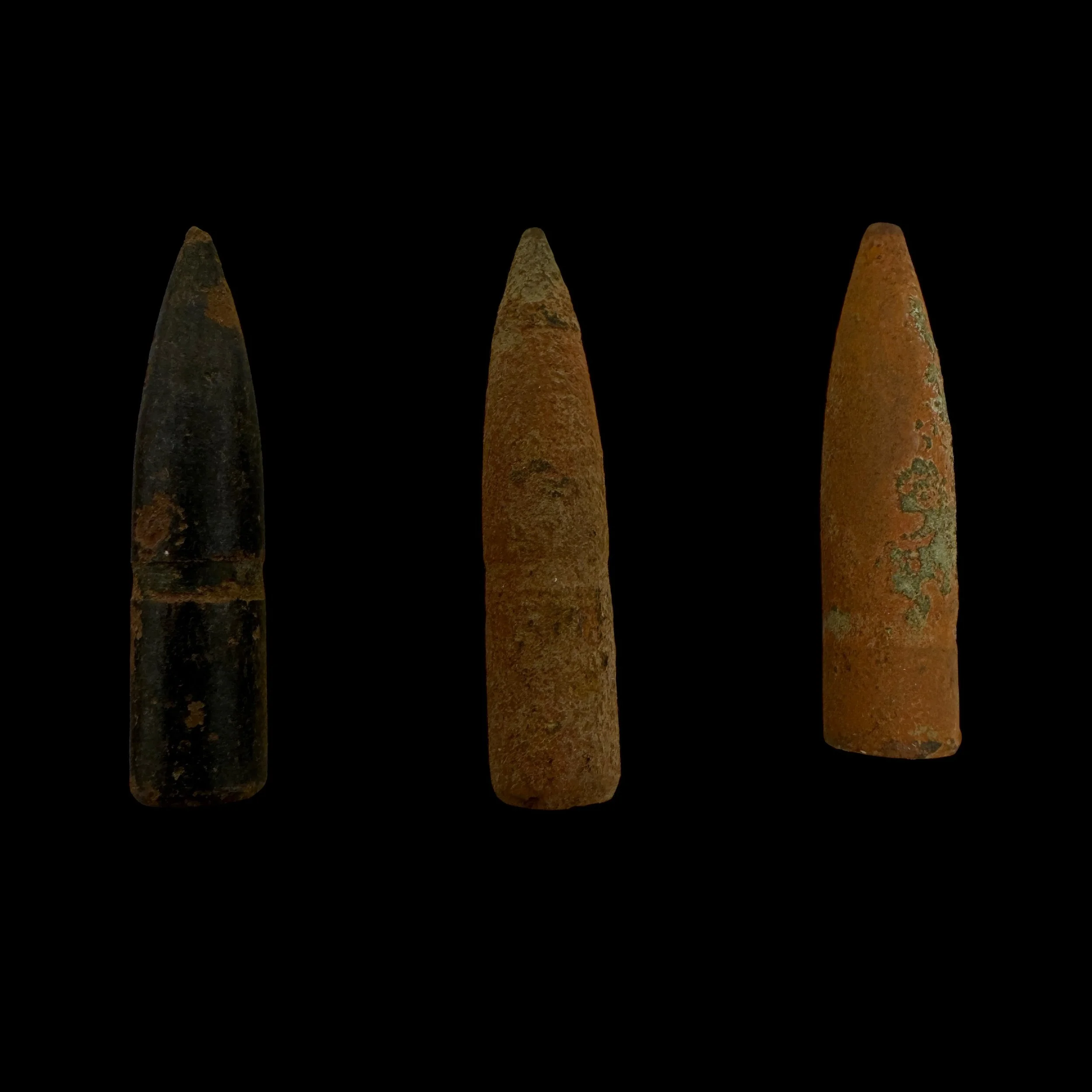
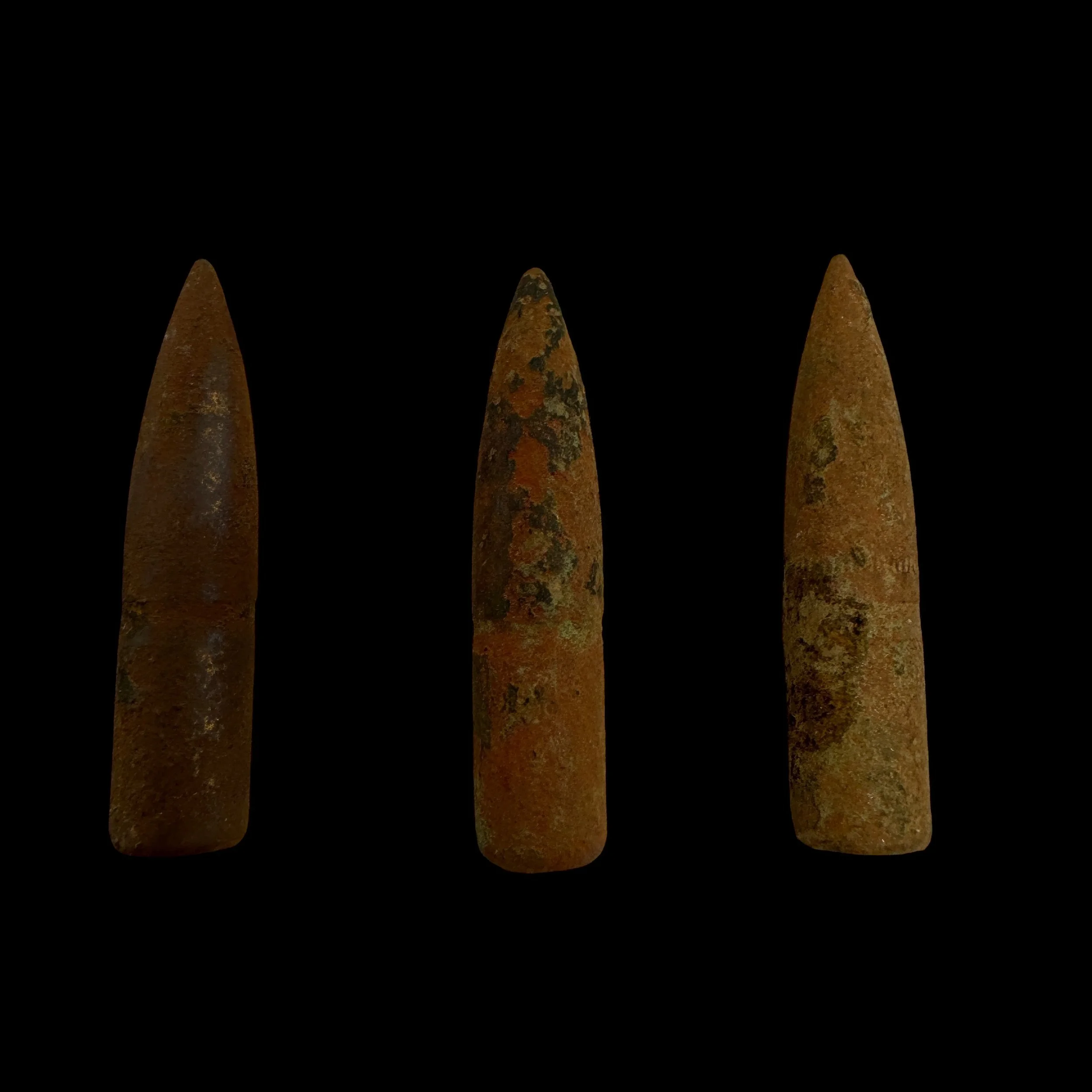
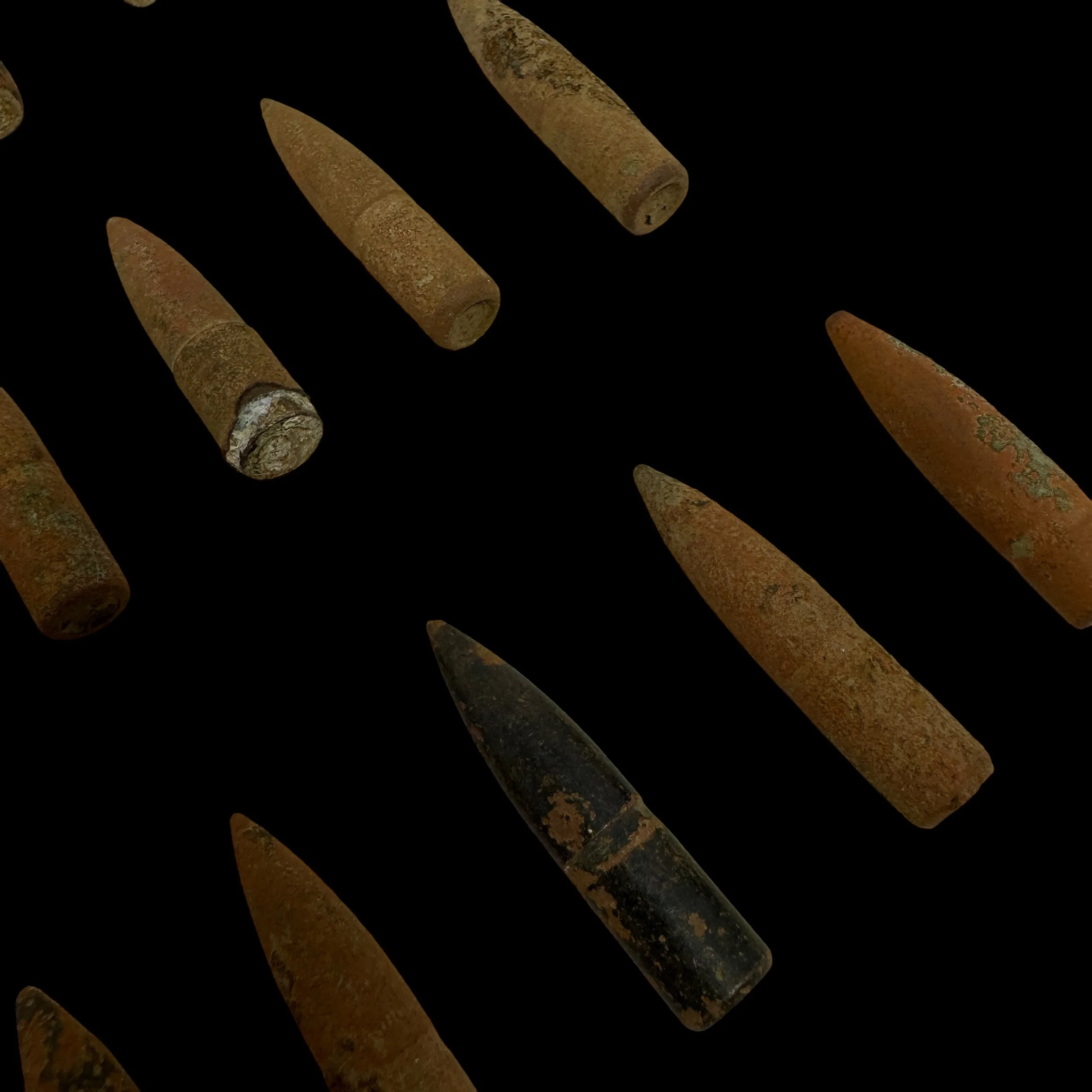

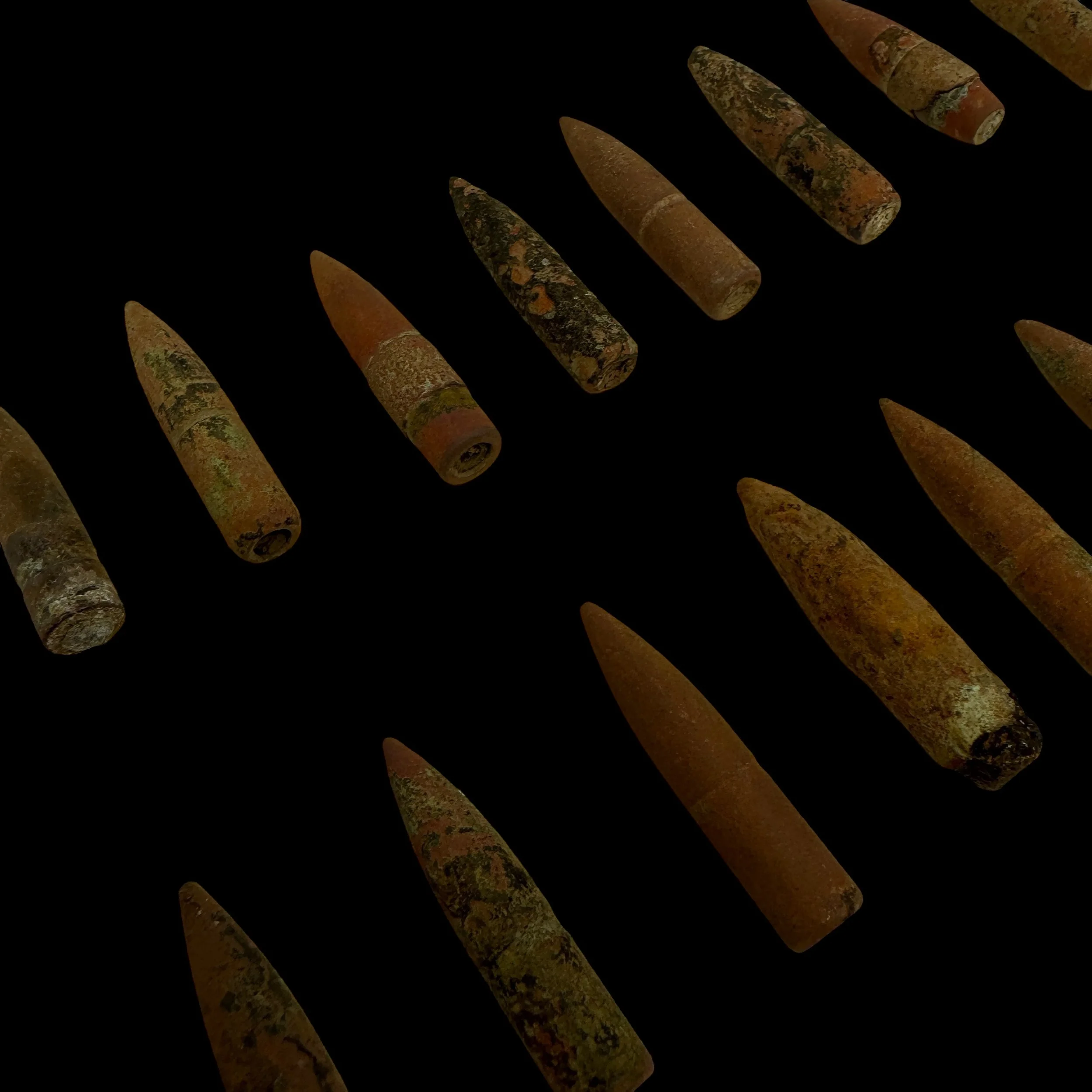
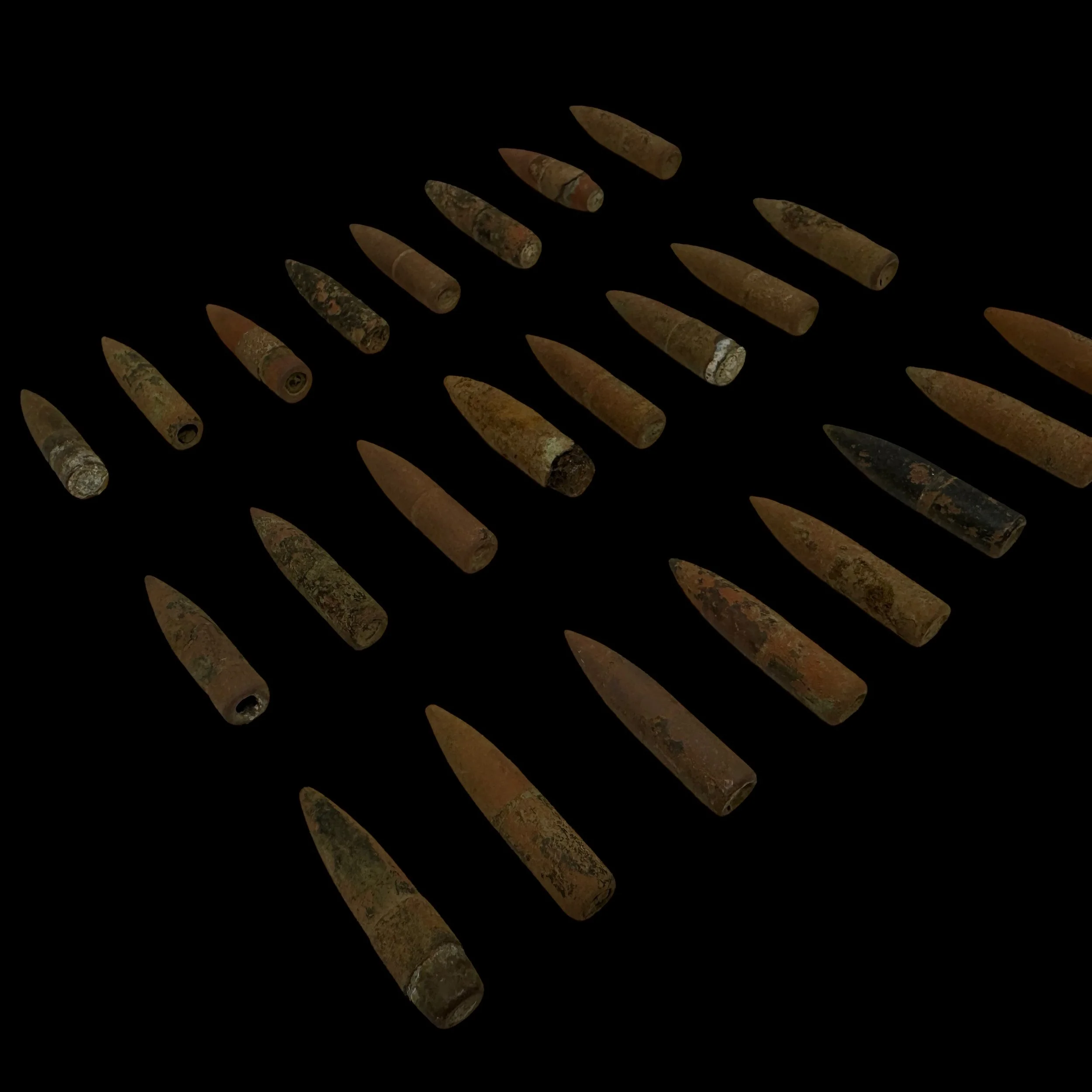
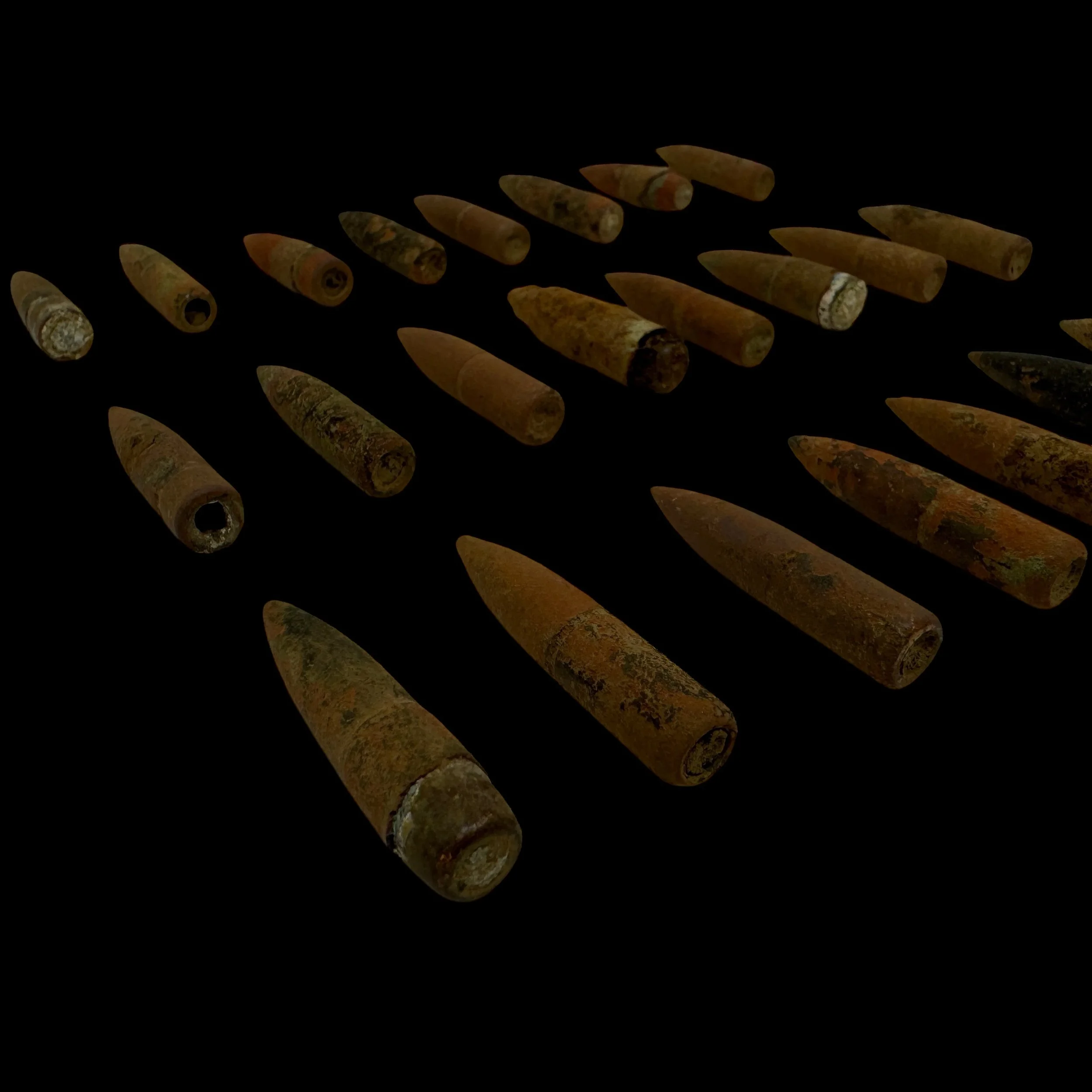
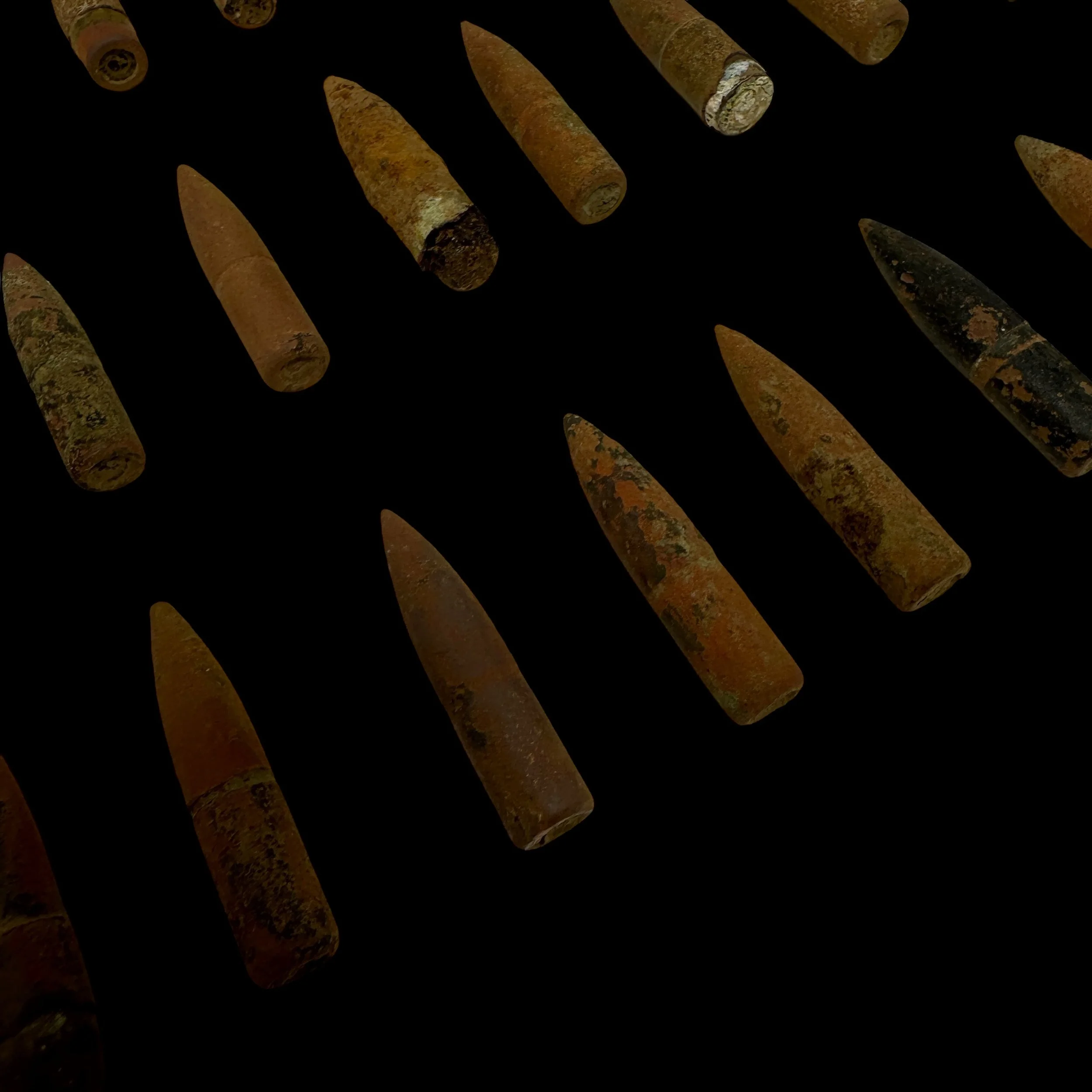
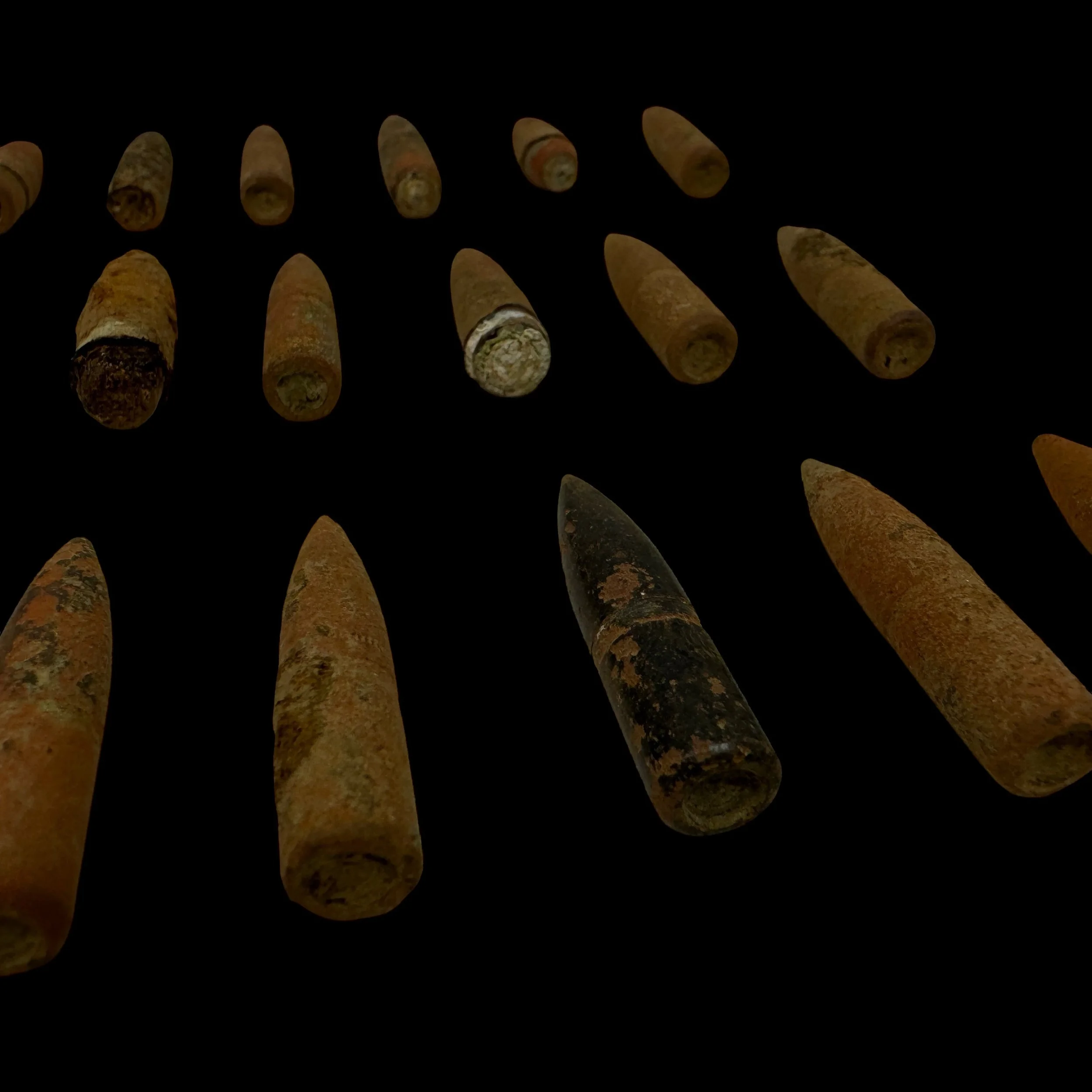
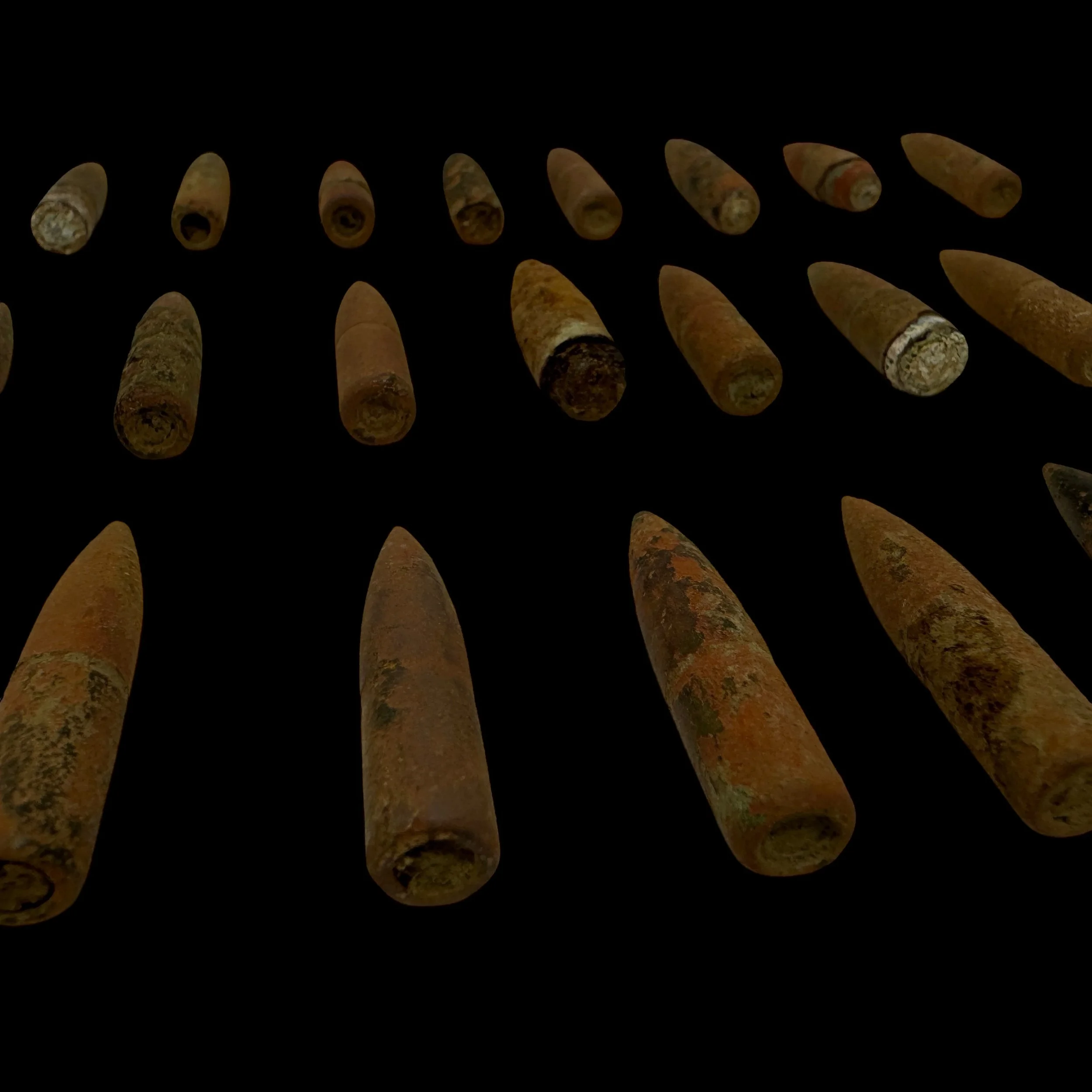
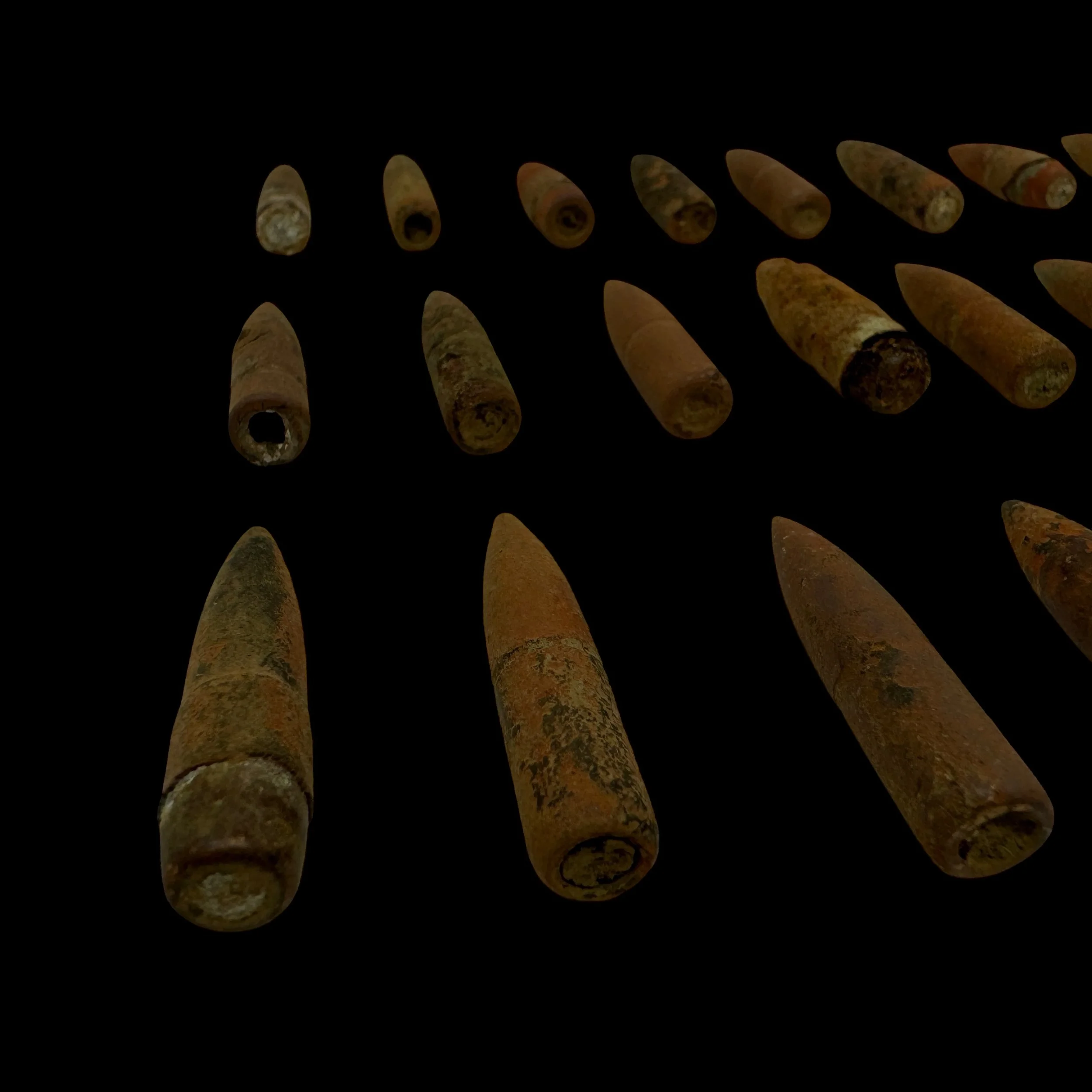
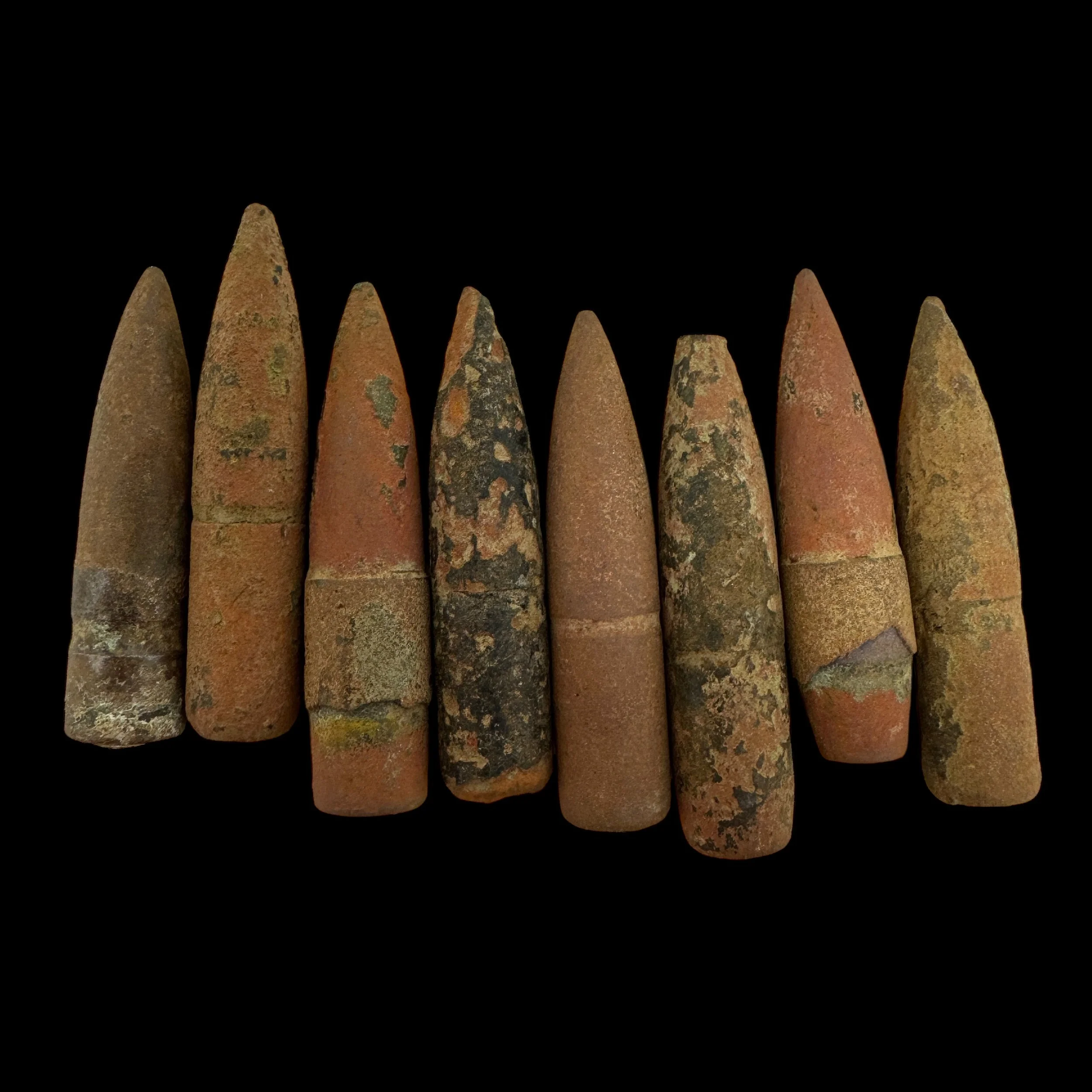
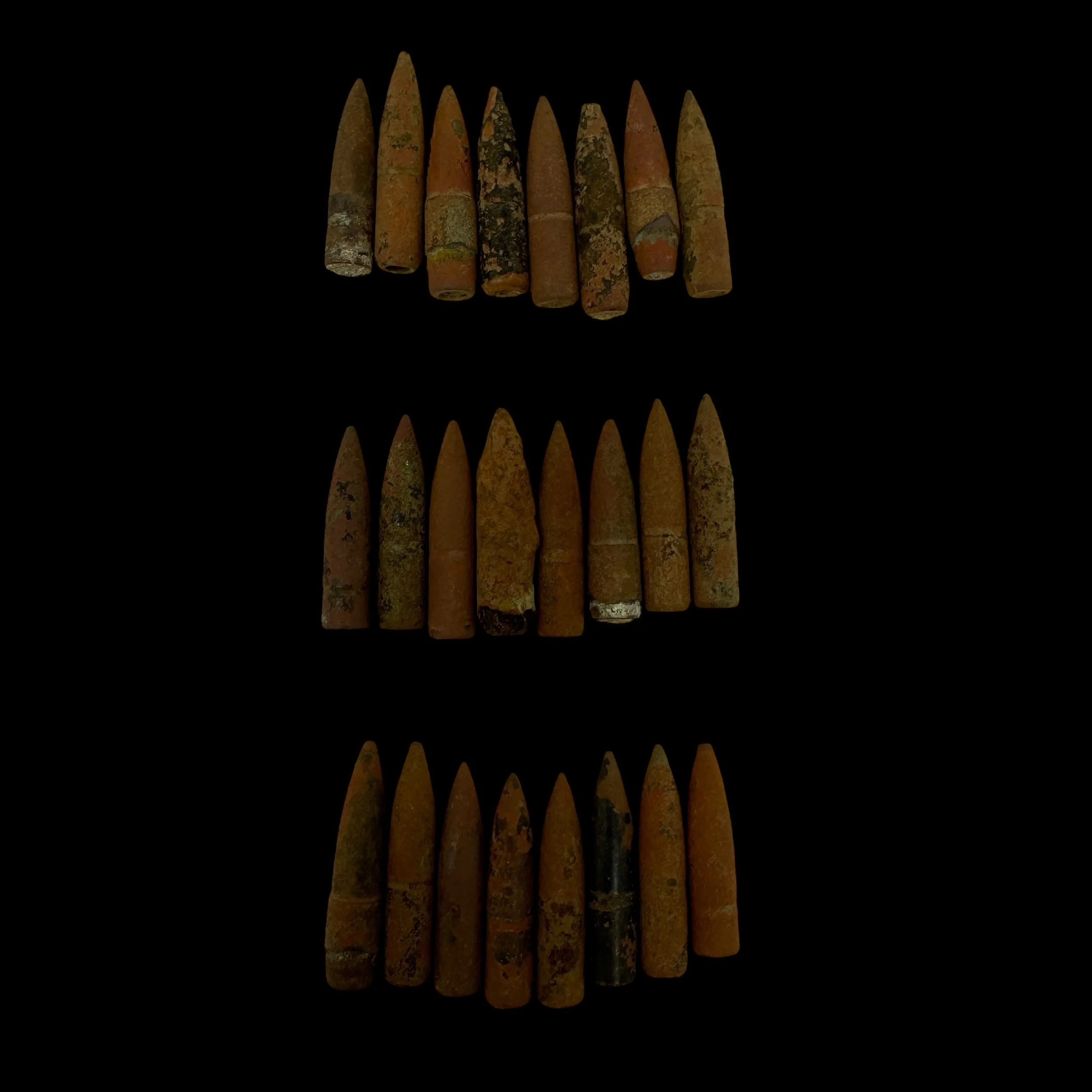


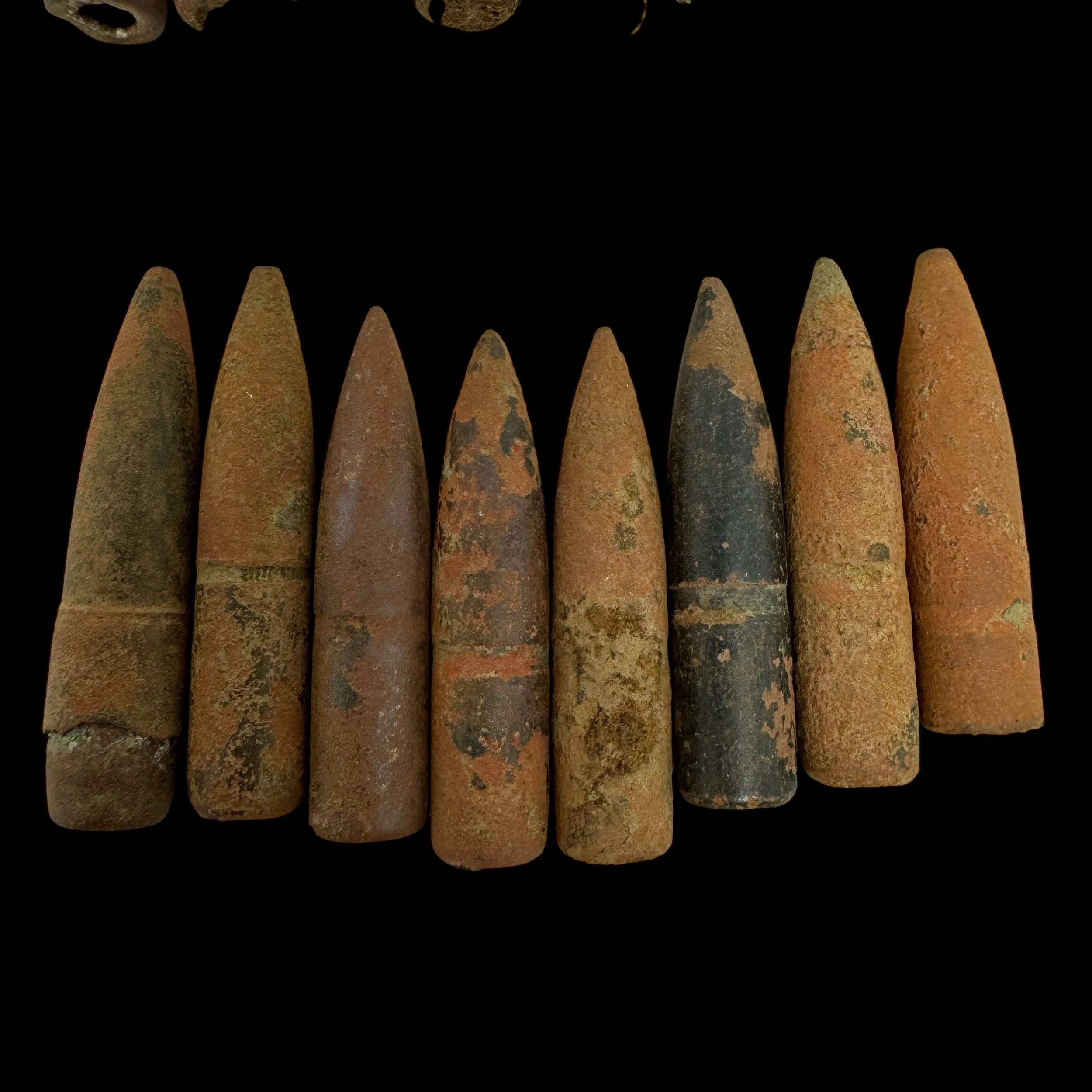
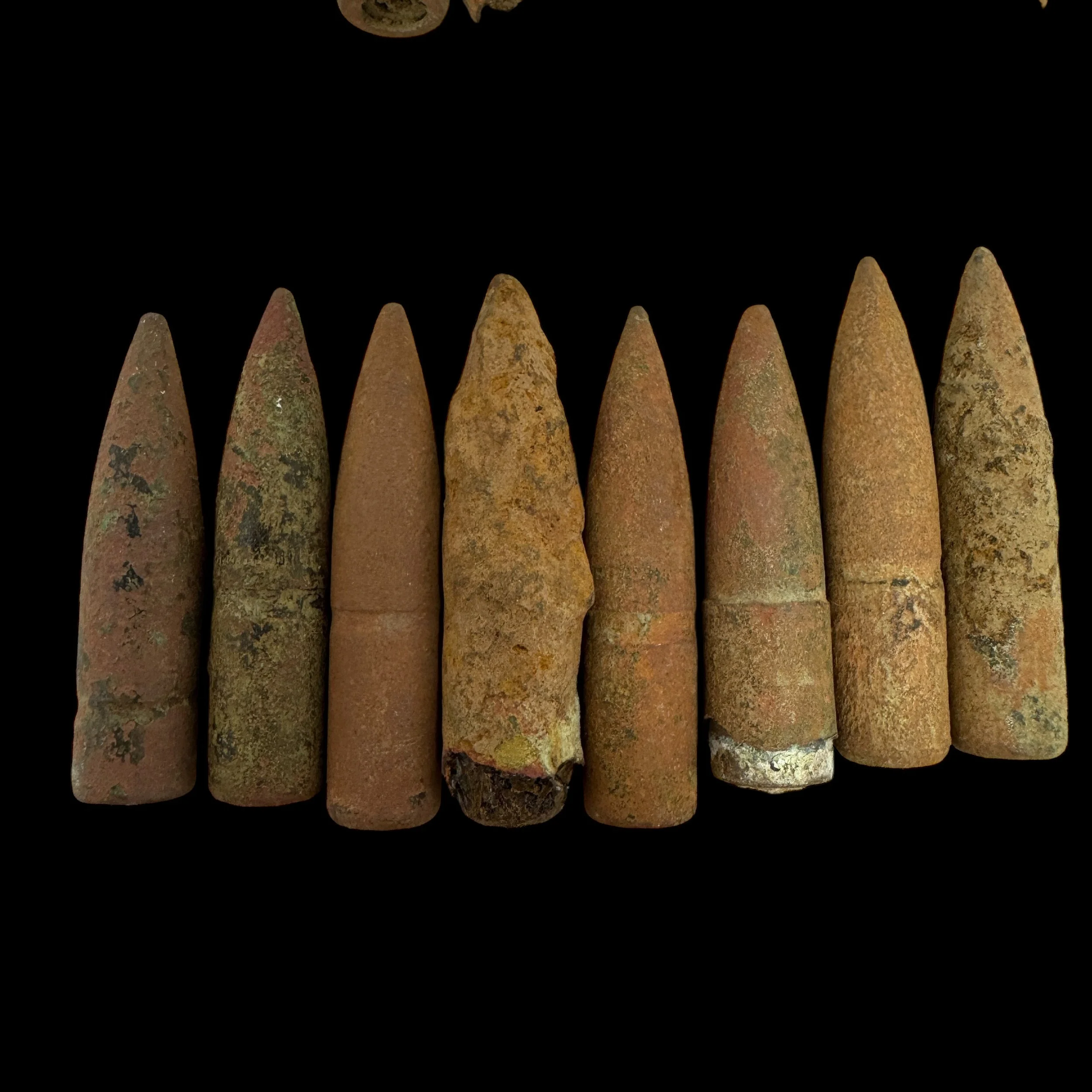
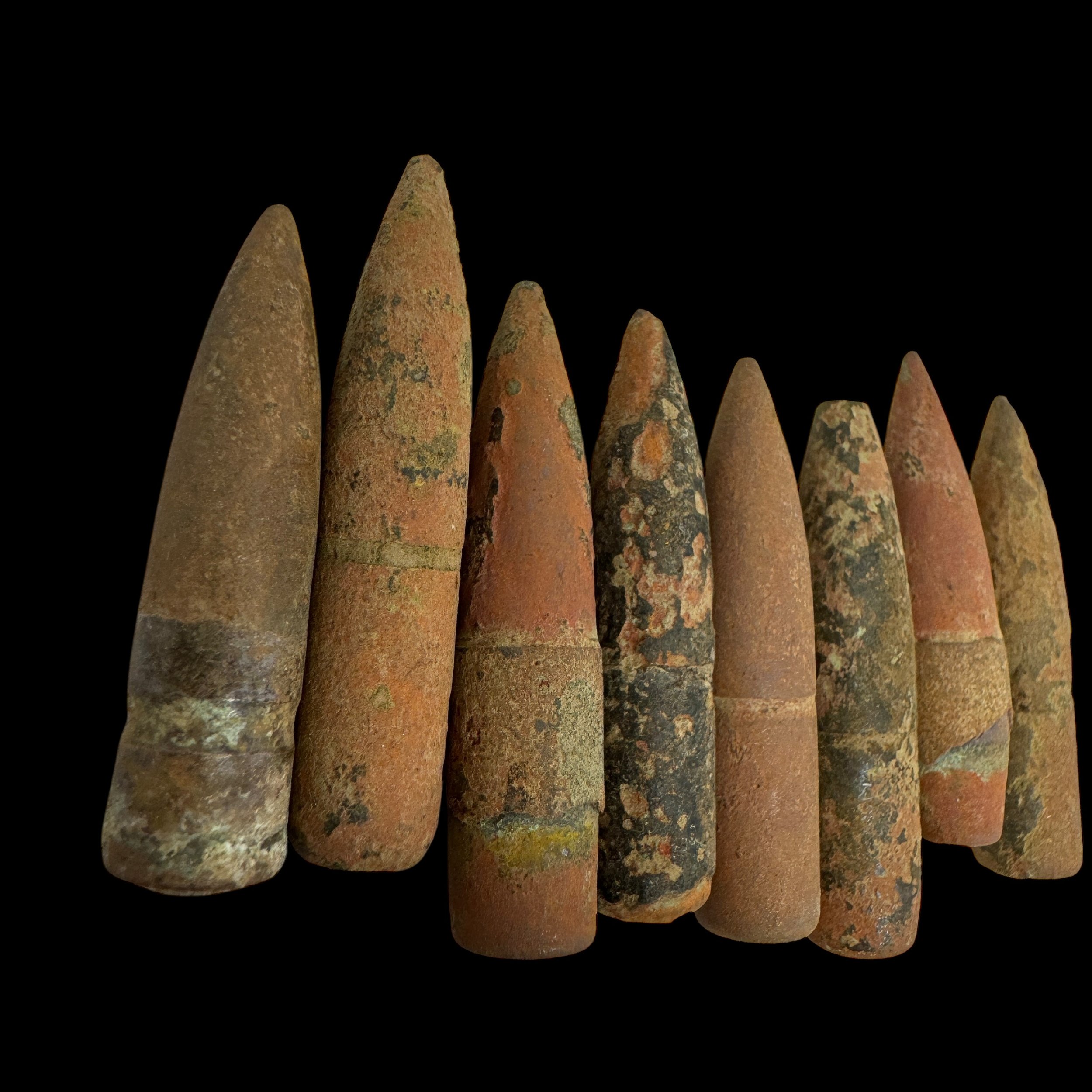
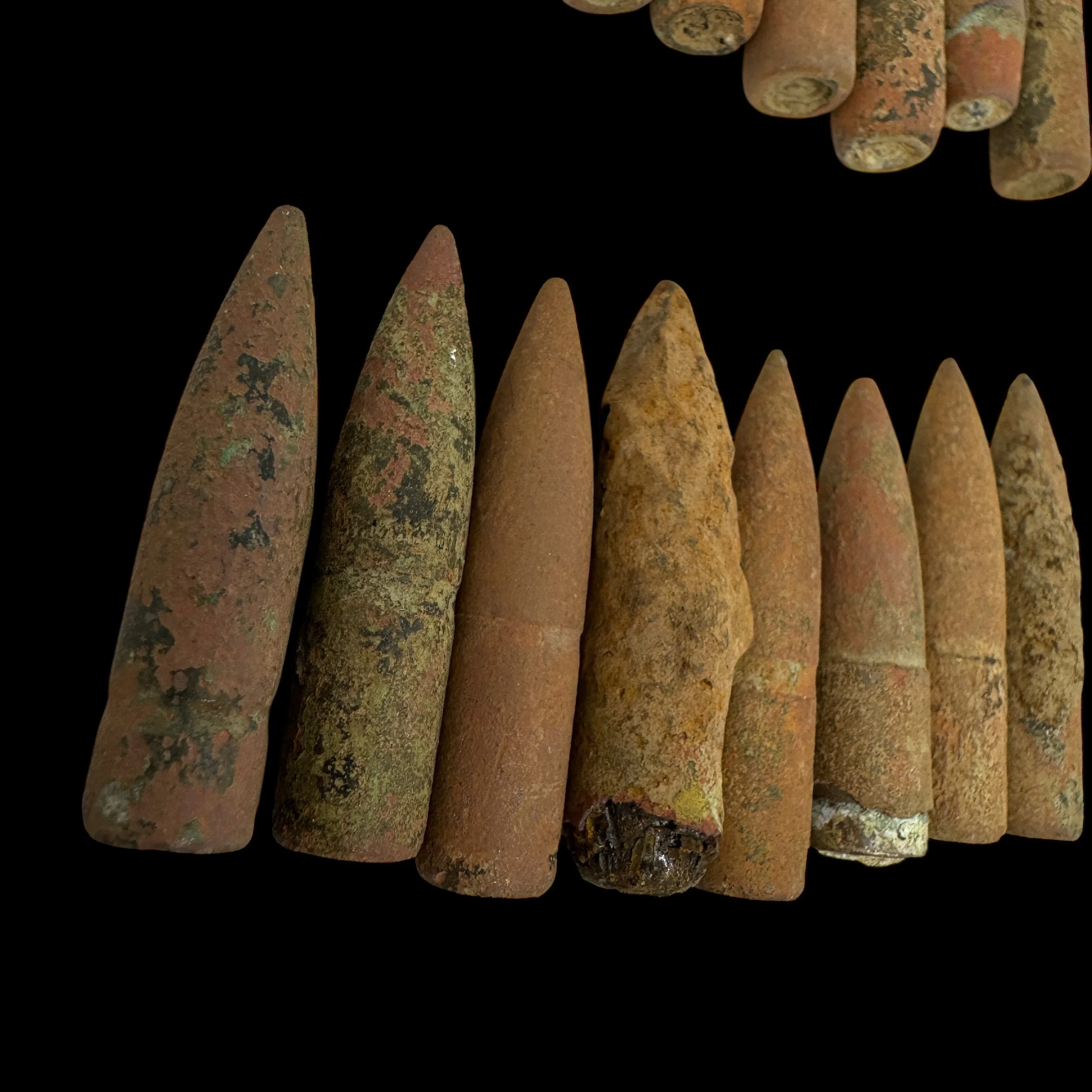
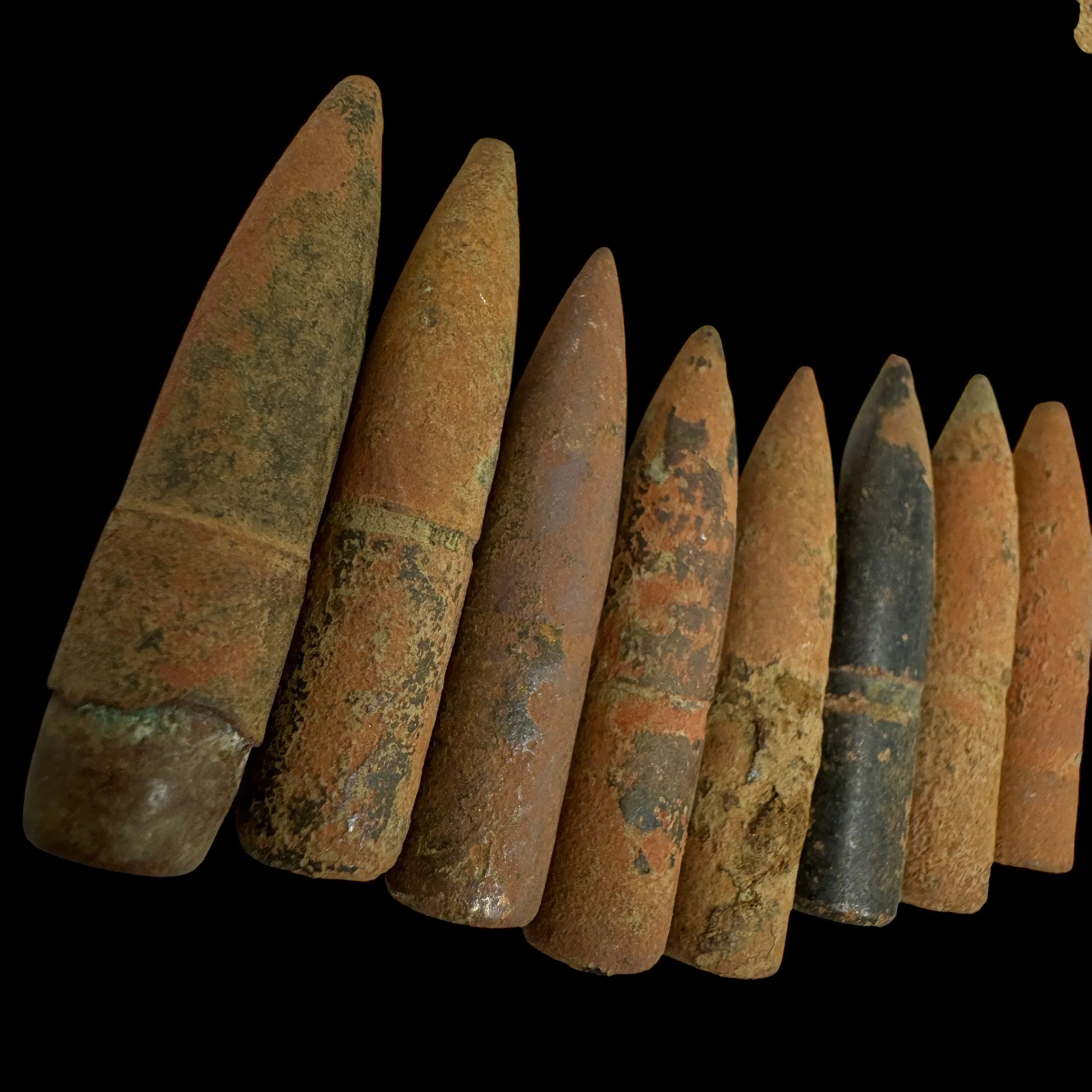
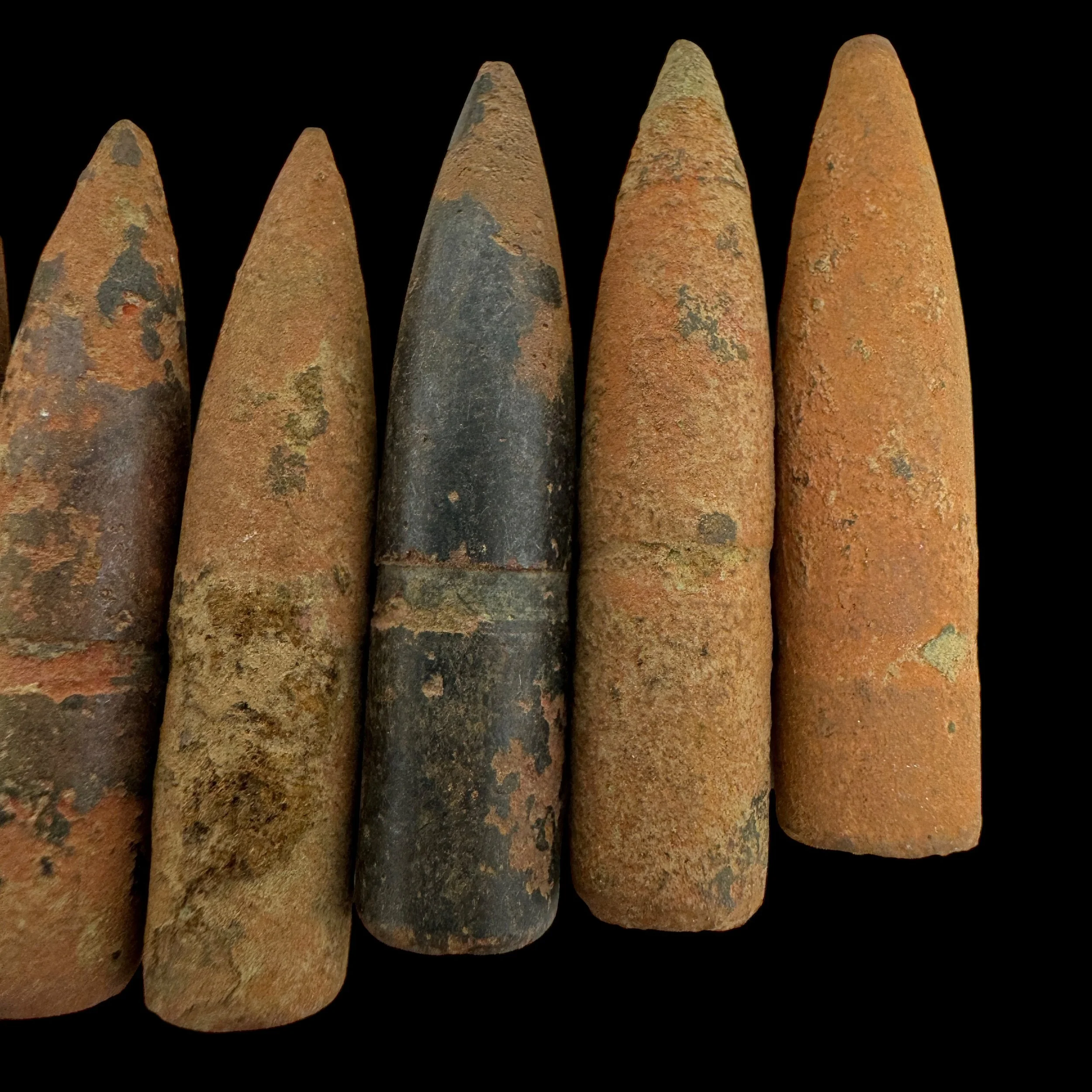
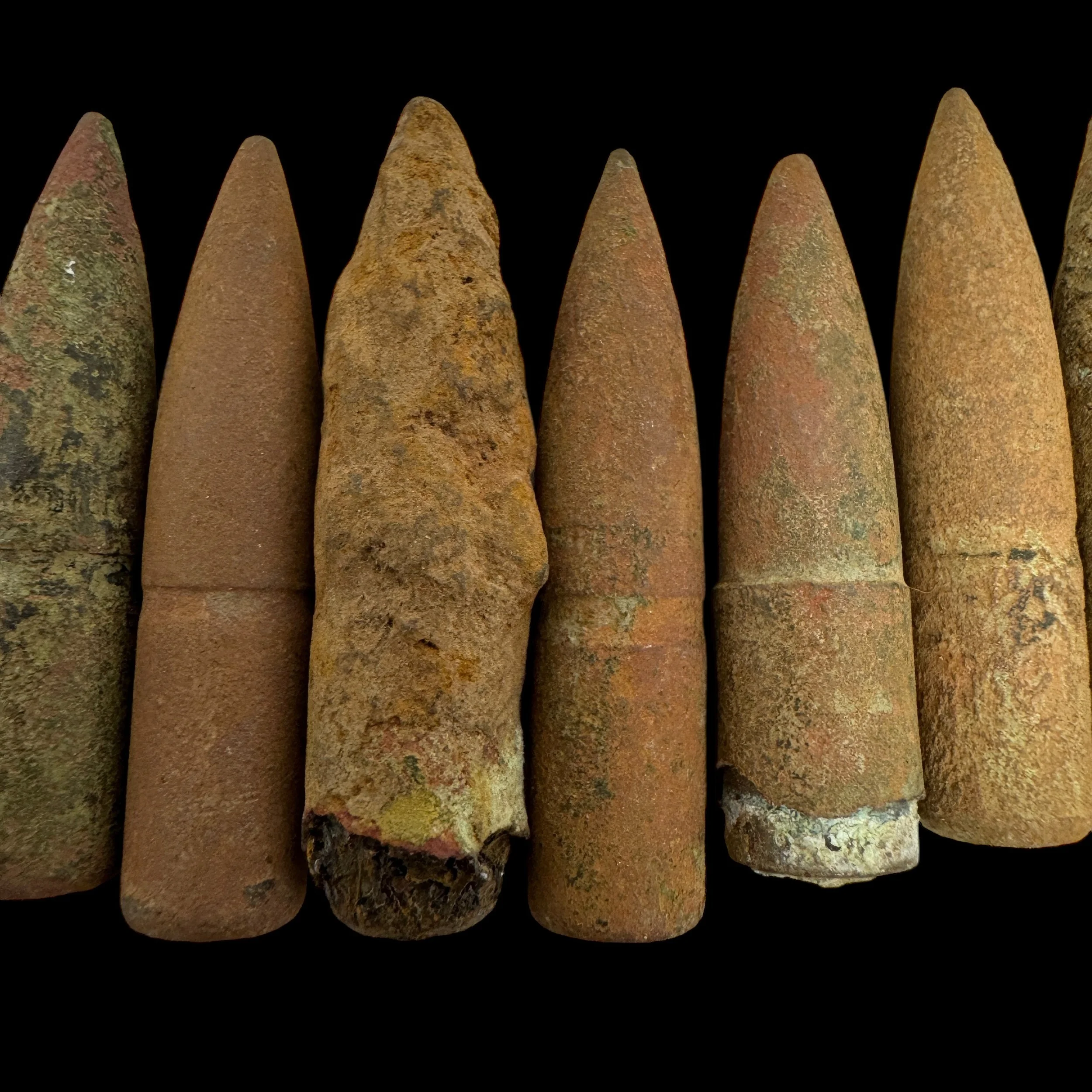
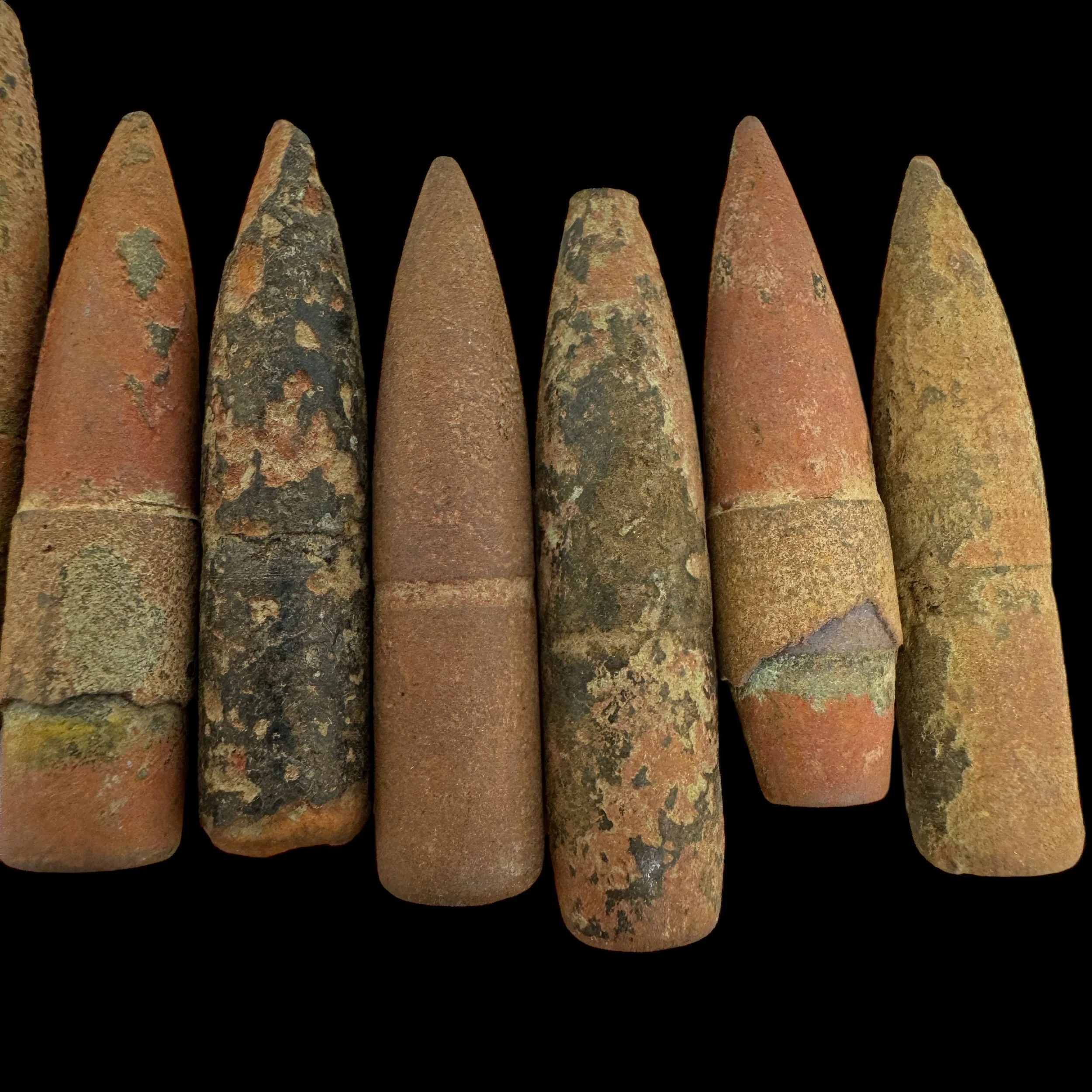
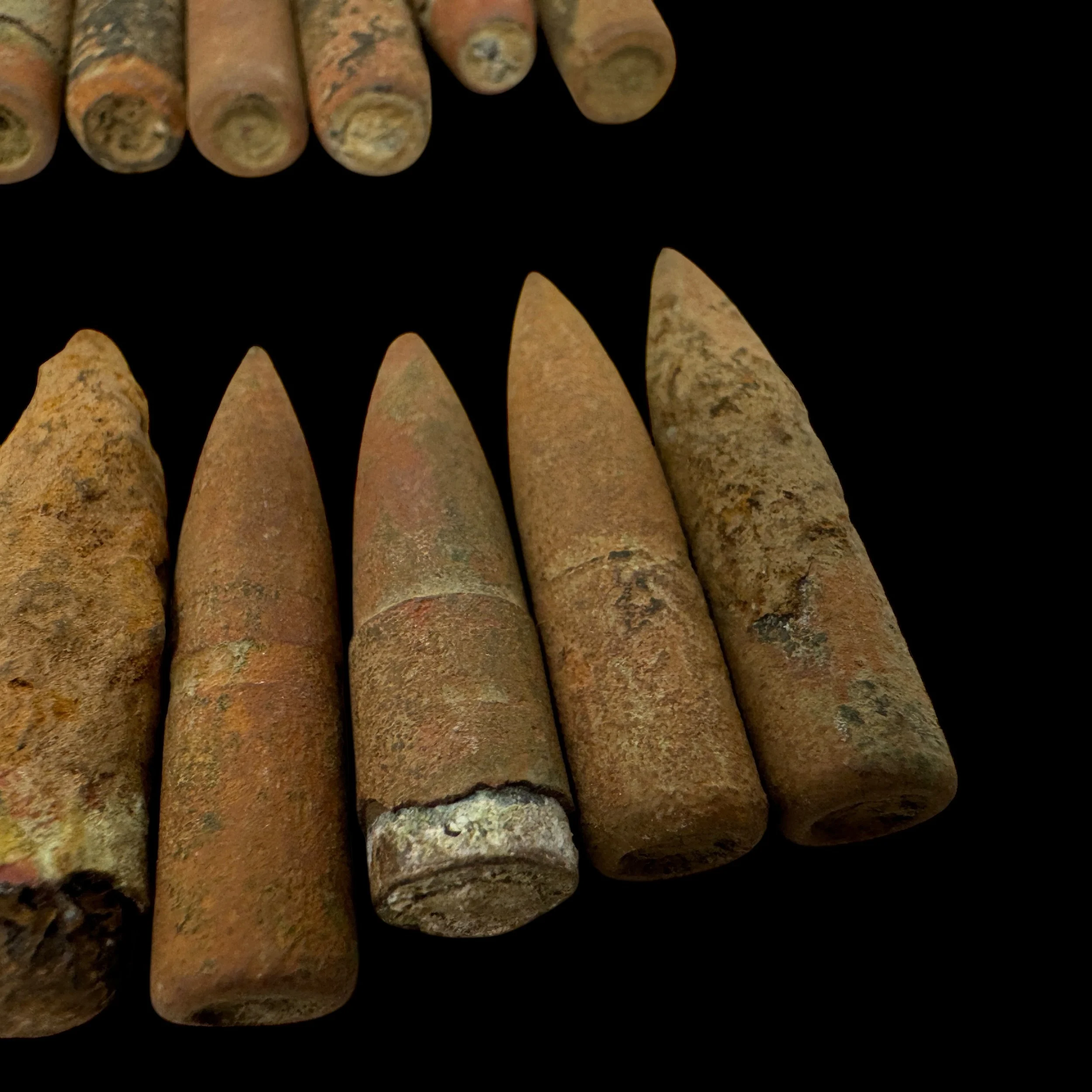
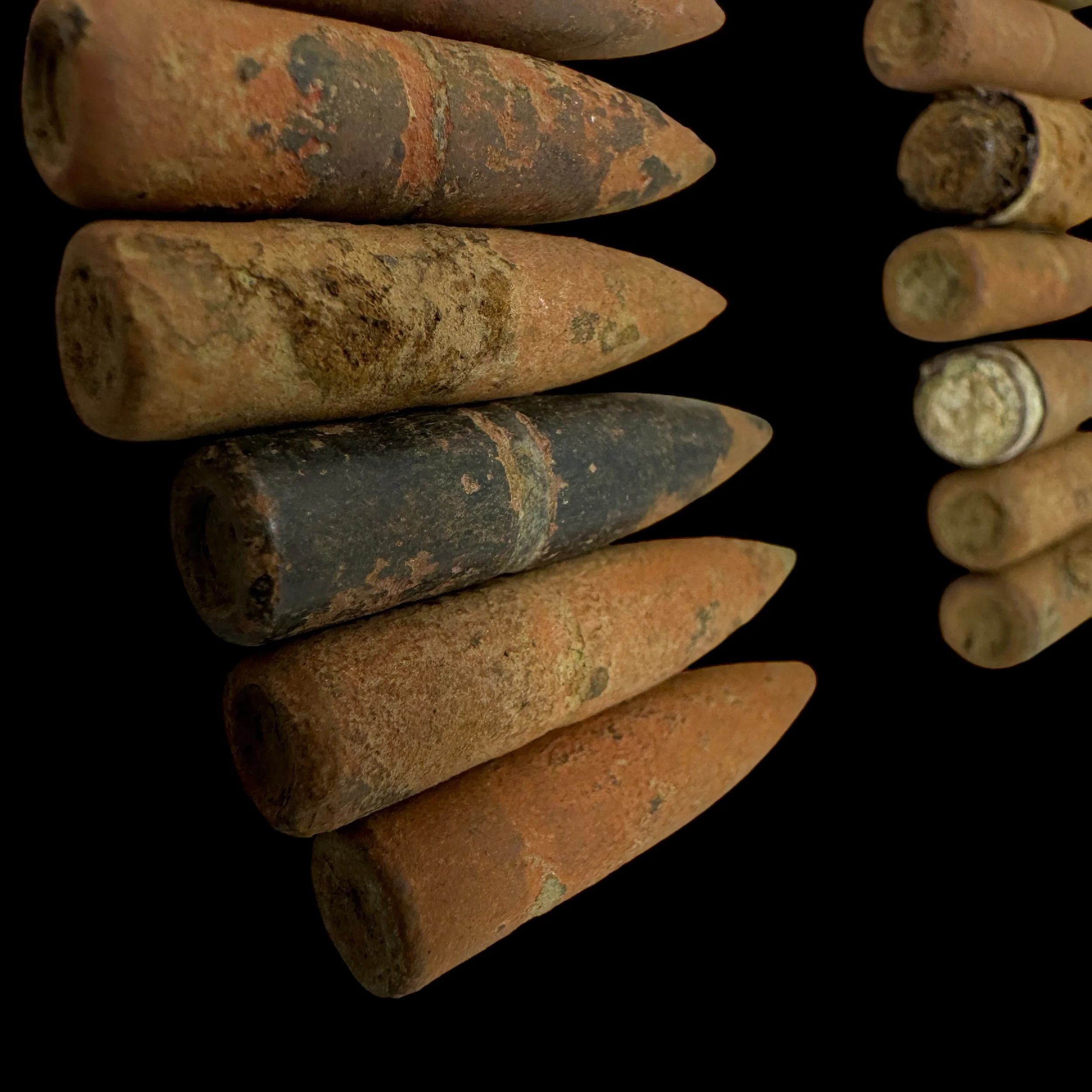



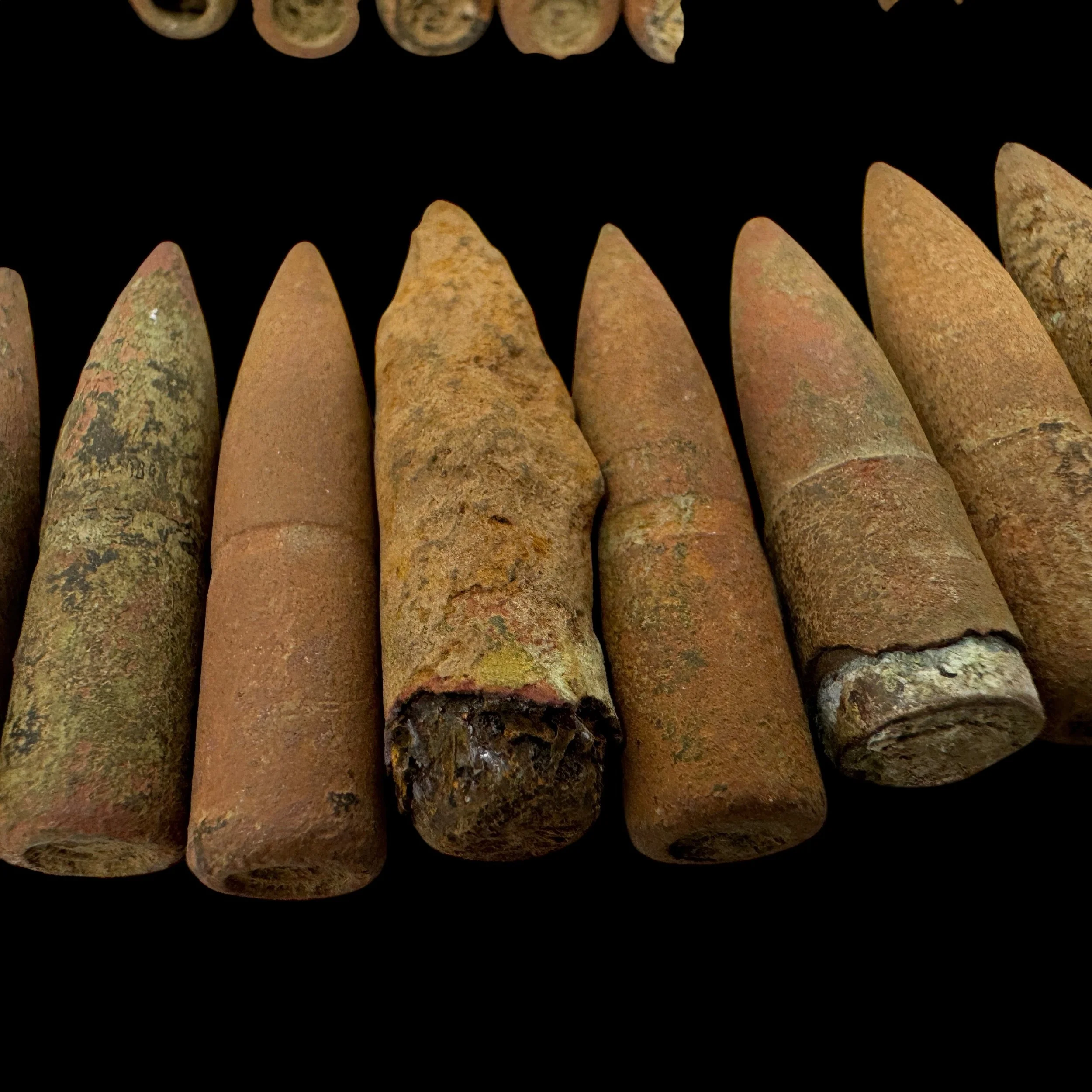
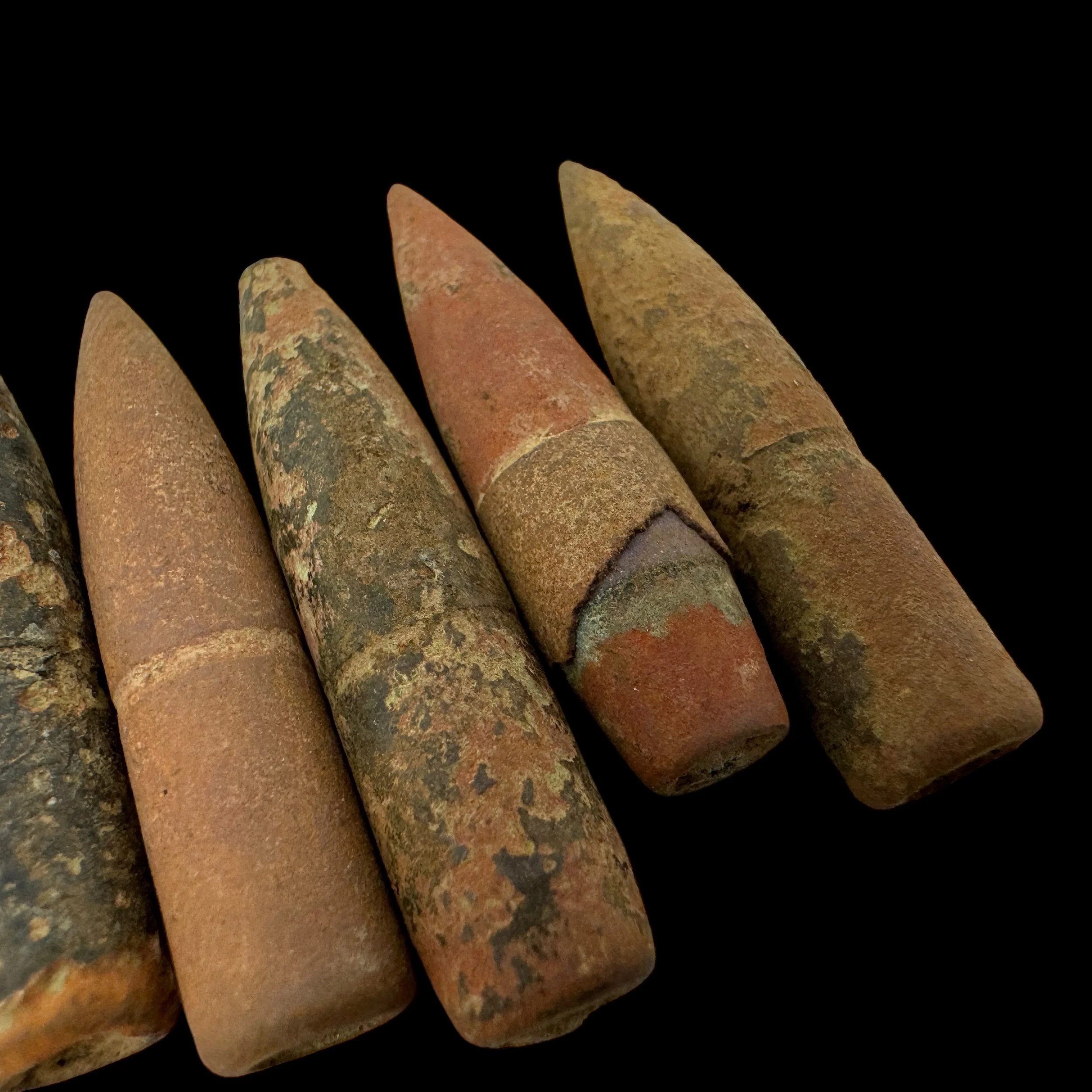
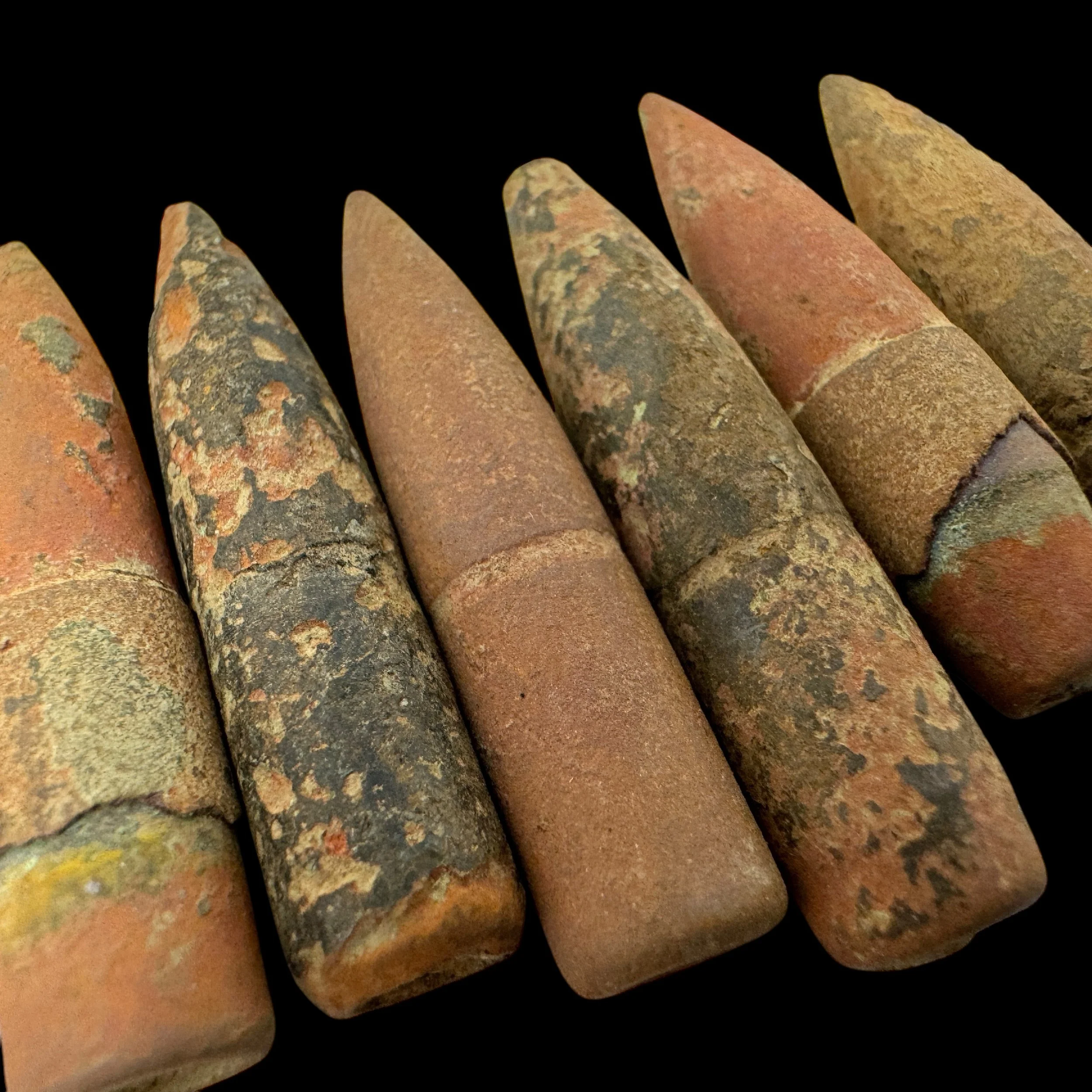
RARE! WWII 1944 Operation Market Garden “FIRED” Rifle Bullet Recovered Between Arnhem to Eindhoven (1 Randomly Selected)
Comes with hand-signed C.O.A. and a full historical write-up
Type: Original World War II “FIRED” Rifle Bullet
Campaign: European Theater
Battle/Operation: Operation Market Garden
Battlefield Recovered: Recovered during a professional excavation from Arnhem to Eindhoven
Date: September 1944
This extraordinary artifact, of exceptional museum-grade quality, is an original fired rifle bullet recovered during a meticulous and professionally conducted excavation of the historic Operation Market Garden battlefield. Unearthed from the very ground where history was written, this casing offers a tangible link to one of World War II’s most daring and costly campaigns.
Recovered from the expansive battlefield stretching from Arnhem to Eindhoven, this artifact tells the story of the Allied forces' ambitious effort to outflank German defenses and secure a series of critical bridges across the Netherlands. Launched in September 1944, Operation Market Garden brought together elite units from the British 1st Airborne Division, the U.S. 101st and 82nd Airborne Divisions, and the Polish 1st Independent Parachute Brigade, supported by ground forces from the British XXX Corps. Facing them were well-trained German units, including elements of the feared SS Panzer Divisions, who fiercely defended their positions with devastating effectiveness.
The operation, intended to be a swift blow to the heart of German defenses, resulted in staggering losses on both sides. Of the 35,000 Allied troops who participated, nearly 17,000 were killed, wounded, or captured. German forces also suffered significant casualties, estimated at around 13,000 dead and wounded. The intense fighting, especially in Arnhem and Nijmegen, left lasting scars on the region and on the soldiers who fought there.
Every detail of this bullet, from its weathered patina to its unique markings, serves as a silent witness to the extraordinary bravery and immense sacrifice of those who fought during this critical campaign. It stands as a testament to the determination of the Allied forces who risked everything to liberate Europe and the fierce resistance mounted by the German defenders in the face of overwhelming odds.
This relic’s profound connection to Operation Market Garden makes it an invaluable piece of history, perfect for any collector, historian, or World War II enthusiast. It is a timeless reminder of the courage, sacrifice, and resilience that defined one of the most pivotal and costly battles of the war.
*When you purchase an original World War II artifact from this exclusive battlefield-recovered bullet collection, you will receive one randomly selected bullet from the remarkable group of relics shown in the photos. Each artifact in this collection was carefully recovered from the historic Operation Market Garden battlefield, and the photos provided represent the exact number of preserved items available. This means the artifact you receive will be one of the very bullets pictured, ensuring its authenticity and direct connection to this iconic WWII event.
Operation Market Garden, launched in September 1944, was one of the most ambitious Allied military operations of World War II. Its goal was to secure key bridges across the rivers of the Netherlands to allow a rapid advance into northern Germany, bypassing the heavily fortified Siegfried Line. The operation combined an airborne assault—Market—and a ground offensive—Garden. However, despite the boldness of its concept, Operation Market Garden failed to achieve its objectives and became a sobering reminder of the complexities of warfare.
The airborne component, Market, was tasked with capturing and holding bridges at Eindhoven, Nijmegen, and Arnhem. These bridges were critical to the success of the operation, as they would provide a corridor for the British XXX Corps, which formed the ground offensive, Garden, to advance northward. The operation involved three airborne divisions: the U.S. 101st Airborne Division near Eindhoven, the U.S. 82nd Airborne Division near Nijmegen, and the British 1st Airborne Division near Arnhem. Each division faced unique challenges, compounded by strong German resistance and logistical hurdles.
The town of Eindhoven was the first major objective. The 101st Airborne Division, under the command of Major General Maxwell D. Taylor, was assigned to capture several bridges around Eindhoven and facilitate the advance of XXX Corps. The paratroopers encountered resistance from German units equipped with the reliable Karabiner 98k bolt-action rifle, the standard-issue weapon for German infantry. The Karabiner 98k, known for its accuracy and durability, was a formidable weapon in the hands of the defending forces. Allied soldiers, armed primarily with M1 Garand rifles, faced a challenging fight. The M1 Garand, a semi-automatic rifle that gave U.S. soldiers a firepower advantage, proved instrumental in the skirmishes. However, the Germans countered with their MG 42 machine guns, known for their high rate of fire, which made crossing open areas perilous. Despite these difficulties, the 101st managed to secure its objectives, enabling the ground forces to link up with them.
Nijmegen was the site of intense and prolonged fighting, primarily involving the U.S. 82nd Airborne Division under Major General James M. Gavin. Their mission was to seize the vital Nijmegen Bridge over the Waal River. The bridge was heavily defended by German troops, including elite SS units armed with a variety of weapons, such as the Sturmgewehr 44 (StG 44), the world’s first assault rifle. The StG 44 combined the firepower of a submachine gun with the range of a rifle, giving the Germans a significant edge in urban combat. The American paratroopers, equipped with their M1 Garands and M1 Carbines, had to contend with the StG 44's superior versatility and firepower. Additionally, the Germans laid down suppressive fire with the MG 34 and MG 42 machine guns, creating a deadly crossfire.
In one of the most dramatic moments of the campaign, the 82nd Airborne conducted a daring river crossing under heavy fire to outflank the defenders. Using small boats and under the cover of smoke, the paratroopers braved intense enemy fire to reach the opposite bank and assault the German positions. Their tenacity eventually allowed the Allies to capture the Nijmegen Bridge, but the delay proved costly for the overall operation.
Arnhem, the final and most ambitious objective, became the focal point of the operation’s failure. The British 1st Airborne Division, under Major General Roy Urquhart, was tasked with capturing the Arnhem Bridge over the Rhine River. Unknown to the Allies, the area around Arnhem was heavily reinforced with German troops, including elements of the 9th and 10th SS Panzer Divisions. These units were well-equipped and battle-hardened, presenting a formidable obstacle to the lightly armed British paratroopers.
The British soldiers carried the Lee-Enfield No. 4 Mk I bolt-action rifle, a reliable and accurate weapon that had served the British Army since the beginning of the war. However, its slower rate of fire compared to semi-automatic weapons placed the British at a disadvantage in close-quarters combat against German forces armed with the StG 44 and supported by MG 42 machine guns. The paratroopers also faced severe shortages of ammunition, food, and medical supplies due to disrupted supply lines and the inability to establish a secure drop zone.
The fighting in Arnhem was brutal and unrelenting. The British managed to secure the northern end of the bridge, but they were quickly isolated and subjected to fierce counterattacks. German snipers armed with Karabiner 98k rifles and machine-gun teams entrenched in strategic positions made movement across the city perilous. Artillery fire further compounded the British plight, and their positions became increasingly untenable. After nine days of heroic resistance, the surviving members of the 1st Airborne Division were forced to withdraw, leaving Arnhem in German hands.
The failure to secure Arnhem meant that Operation Market Garden could not achieve its ultimate objective of crossing the Rhine and outflanking the Siegfried Line. The inability to hold the bridge at Arnhem was due to a combination of factors, including flawed intelligence, underestimated German strength, and logistical challenges. The operation cost the Allies over 17,000 casualties, including killed, wounded, and captured. German casualties were also significant but less decisive in terms of their ability to continue defending the region.
Operation Market Garden highlighted the limitations of airborne warfare and the dangers of overextending supply lines. While the operation demonstrated the bravery and resilience of Allied troops, it also underscored the importance of thorough planning and coordination in complex military campaigns. The rifles and bullets of this operation, from the M1 Garand to the Karabiner 98k and the groundbreaking StG 44, played pivotal roles in the battles at Eindhoven, Nijmegen, and Arnhem, reflecting the technological evolution of warfare and the unforgiving realities of combat during World War II.